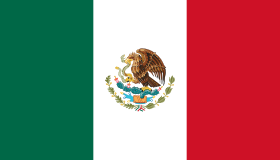
Visa and entry requirements for Mexico:
Passport required
No visa is required
Information from the Foreign Office about your trip to Mexico:
https://www.auswaertiges-amt.de/de/mexikosicherheit/213648
Mexico is a country in Central America, on the border with North America, with about 125 million inhabitants. This makes Mexico the most populous Spanish-speaking country in the world.
Mexico is the fifth largest country in the Americas and fourteenth largest in the world. About 85% of Mexico's land area is located on the North American continent, while the southern part is already in the geographical area of Central America.
The Federal Republic of Mexico borders the United States of America to the north, Guatemala, Belize and the Caribbean Sea to the southeast, the Pacific Ocean to the south and west, and the Gulf of Mexico to the east.
The official language of the country is Spanish and the Mexican peso is used as a means of payment, with 1 euro equaling around 21 MXN.
The name Mexico comes from the Aztecs, who lived there between the 14th and 16th centuries and called themselves “Mexica”.
The country's largest cities include Mexico City, Ecatepec de Morelos, Guadalajara, Puebla, Juarez, Tijuana, Leon, Zapopan, Monterrey, Toluca, Merida, Chihuahua, Nezahualcoyotl, Cancun, Mexicali and Acapulco. Around 85% of all Mexicans profess the Catholic faith.
The national territory of Mexico is over 3,000 kilometers long and up to 2,000 kilometers wide in some places, but only around 200 kilometers at its narrowest point. The country's area extends across four time zones.
In the northwest is the 1,200 kilometer long Baja California peninsula, in the east is the Yucatan Peninsula, which Mexico shares with Belize and Guatemala.
The highest point in the country is the Citlaltepeti volcano at 5,636 meters in the Trans-Mexican Volcanic Belt, also known as the Sierra Nevada. There are five other huge volcanoes here, out of a total of over 60, mostly active volcanoes in the country.
Mexico's economy is among the 20 strongest countries in the world and is the 12th largest export country in the world. The local economy is based on services, a strong industry, agriculture and increasing tourism.
An important export product for the country is crude oil, with Mexico being the sixth largest crude oil producer in the world. Silver is also mined in large quantities as another raw material.
Agricultural export goods include tropical fruits, tobacco, avocado, coffee, wool, beef, corn, sugar cane, nuts as well as the alcoholic drinks wine and tequila.
The automotive industry is of particular and great importance to the Mexican economy, producing cars for Ford, Toyota, General Motors, Saab, Nissan, Fiat, Chevrolet, Pontiac, Cadillac and Volkswagen, among others.
Tourism, with nearly 40 million annual visitors, plays an ever-increasing role in Mexico's economy. The most important tourist destinations in the country include the ancient Mayan cities of Ek Balam, Chichen Itza, Edzna or the ruins of Tulum, the towns of Cancun, Playa del Carmen or Merida on the Yucatan Peninsula, the old town of Mexico City, the ruins of temples or Pyramids of the Aztecs, the Caribbean island of Cozumel, the water-rich Huasteca Potosina National Park, the silver city of Taxco, the colonial city of Puebla, the cactus landscape in the state of Oaxaca, the city of Puerto Vallarta on the Pacific coast, the center of Guadalajara, the Copper Gorge, the colorful colonial city of San Miguel de Allende and the Baja California peninsula.
The capital of the Latin American country is Mexico City, with around ten million inhabitants in the urban area and around 25 million in the metropolitan area. This makes Mexico City one of the largest metropolises in the world.
The capital lies at an altitude of 2,310 meters and is surrounded on three sides by mountains, including the twin volcanoes Popocatepetl and Iztaccihuatl. The city is the political, economic and cultural center of the country.
The city's most famous sights include the baroque Cathedral of Mexico City, the historic center Zocalo, Constitution Square, the City Palace, the National Palace, the Aztec archaeological site "Templo Mayor", the historic shopping street "Calle Moneda", the church of the Blessed, the Archbishop's Palace, the Boulevard-Paseo de la Reforma - one of the longest streets in the world, the Torre Mayor, the Church of San Francisco, the Theater-Palace of Fine Arts, the column with the "Angel of Independence", the Government Palace, the Chapultepec Castle, the sacrament house, the main post office, the 70 meter high Sun Pyramid on the Street of the Dead - in the ruined city of Teotihuacan around 50 kilometers northeast, the Tower of Latin America, the National Museum and the Basilica of Our Lady of Guadelupe - the most important shrine in Mexico and, with 20 million pilgrims, the largest pilgrimage site in the world.
In June 2014 I visited the city of Cancun on the Yucatan Peninsula as the starting point of my big Central America tour. During my three-day stay I lived with Cecy, whom I met through the Internet portal “Couchsurfing”.
Unfortunately, during this time it actually rained so heavily for three days that I was able to do next to nothing.
One day I briefly drove along Cancun's beachfront and visited a covered market. Huge puddles, sometimes even lakes, had already formed on the streets due to the rain showers that had lasted for days. Of course, due to the resulting darkness, even during the day, most of my photos turned out nothing.
I was later clearly compensated for this with my bus ride through the state of Quintana Roo, along the fascinating Caribbean coast with the dream beaches of Playa del Carmen or Tulum, on the way to Belize. On this day, when I left the country of Mexico after a total of 72 hours, there was of course bright sunshine.
I've stopped in the capital Mexico City three times in recent years, but I've never found enough time to take a look at the historic city center.
This is definitely on my list for the next few years.

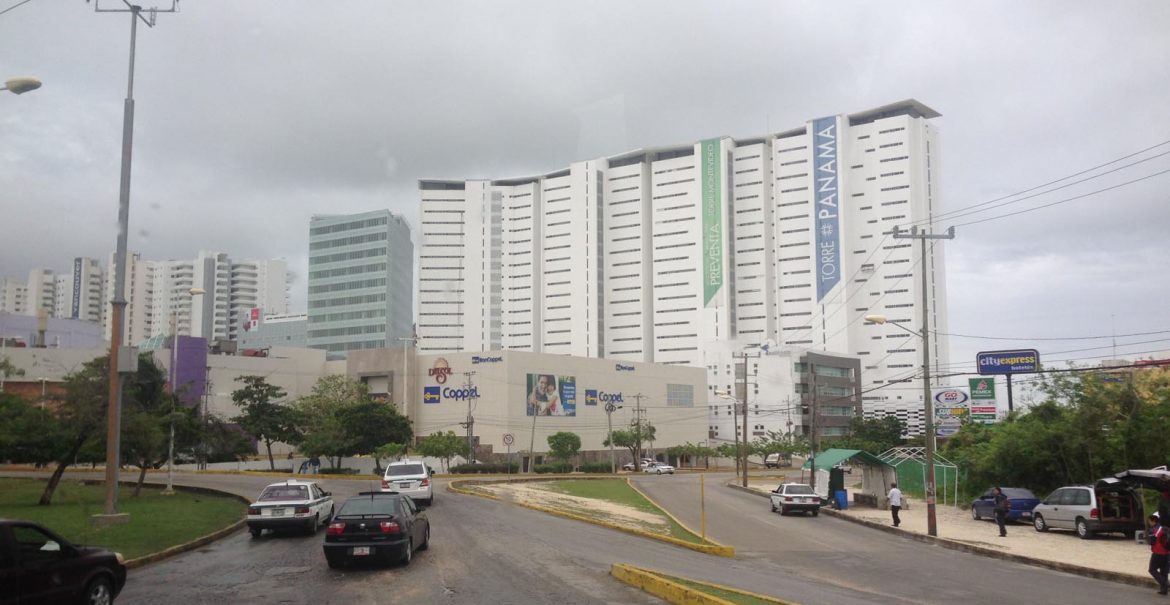


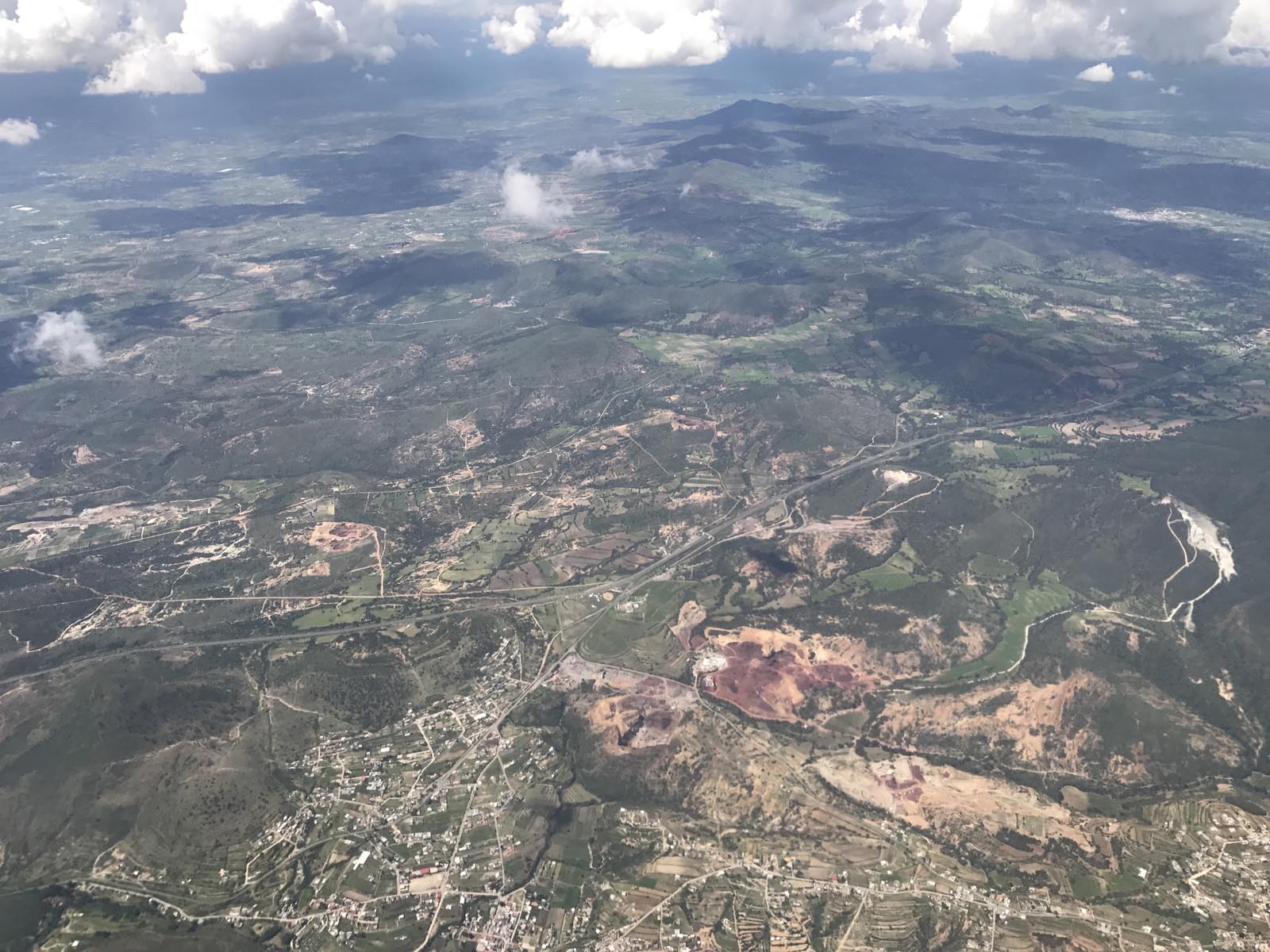
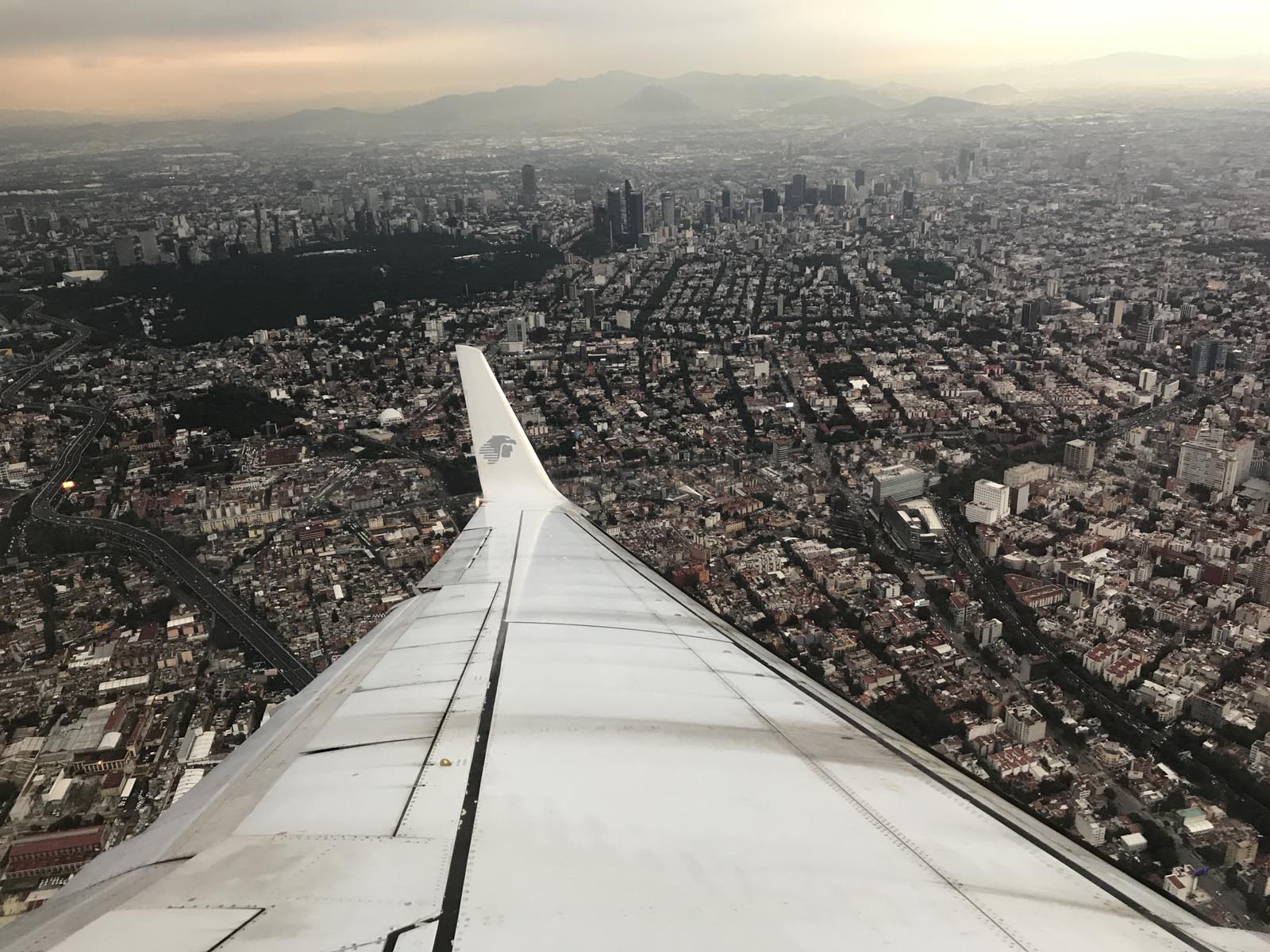


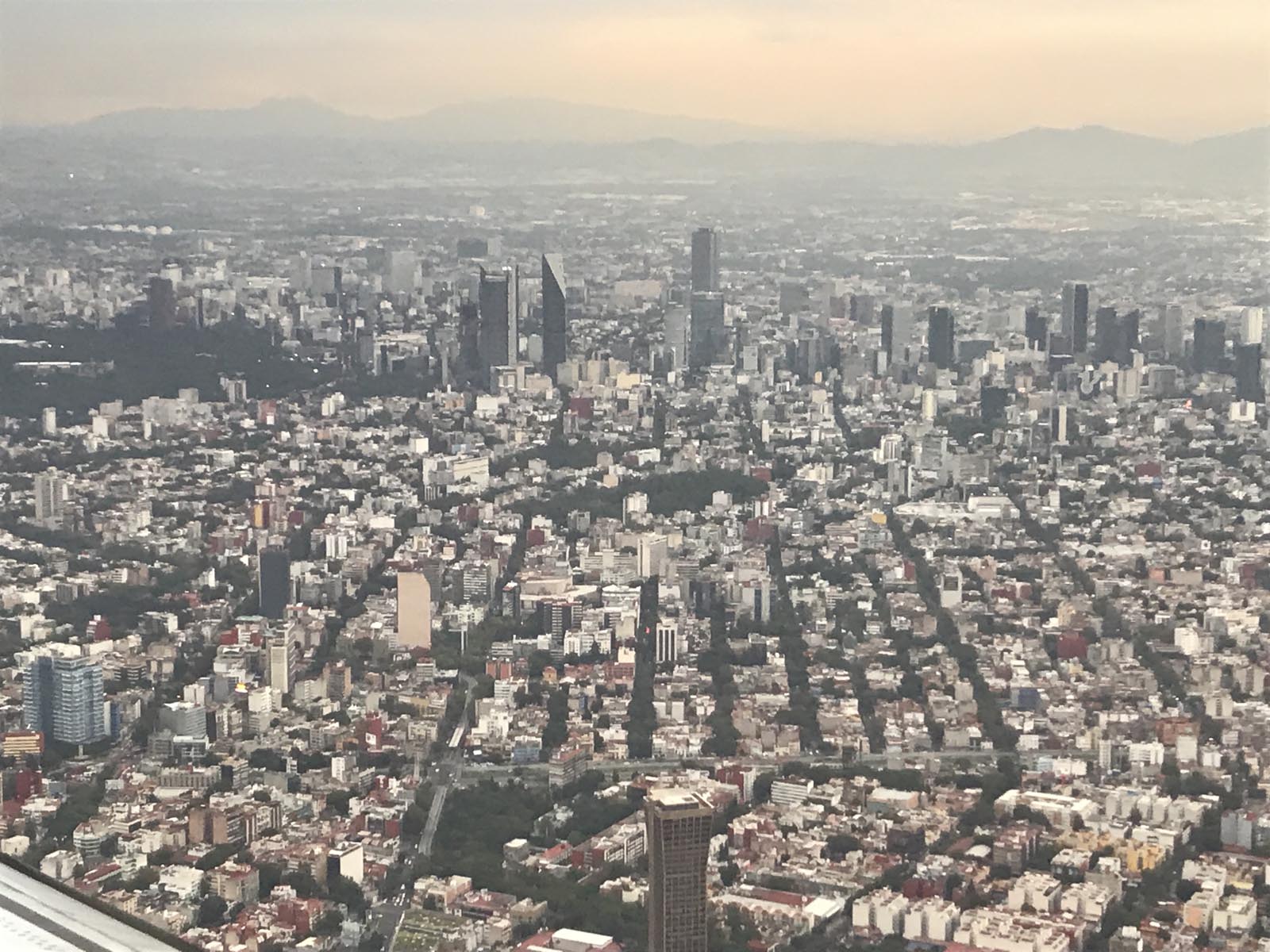

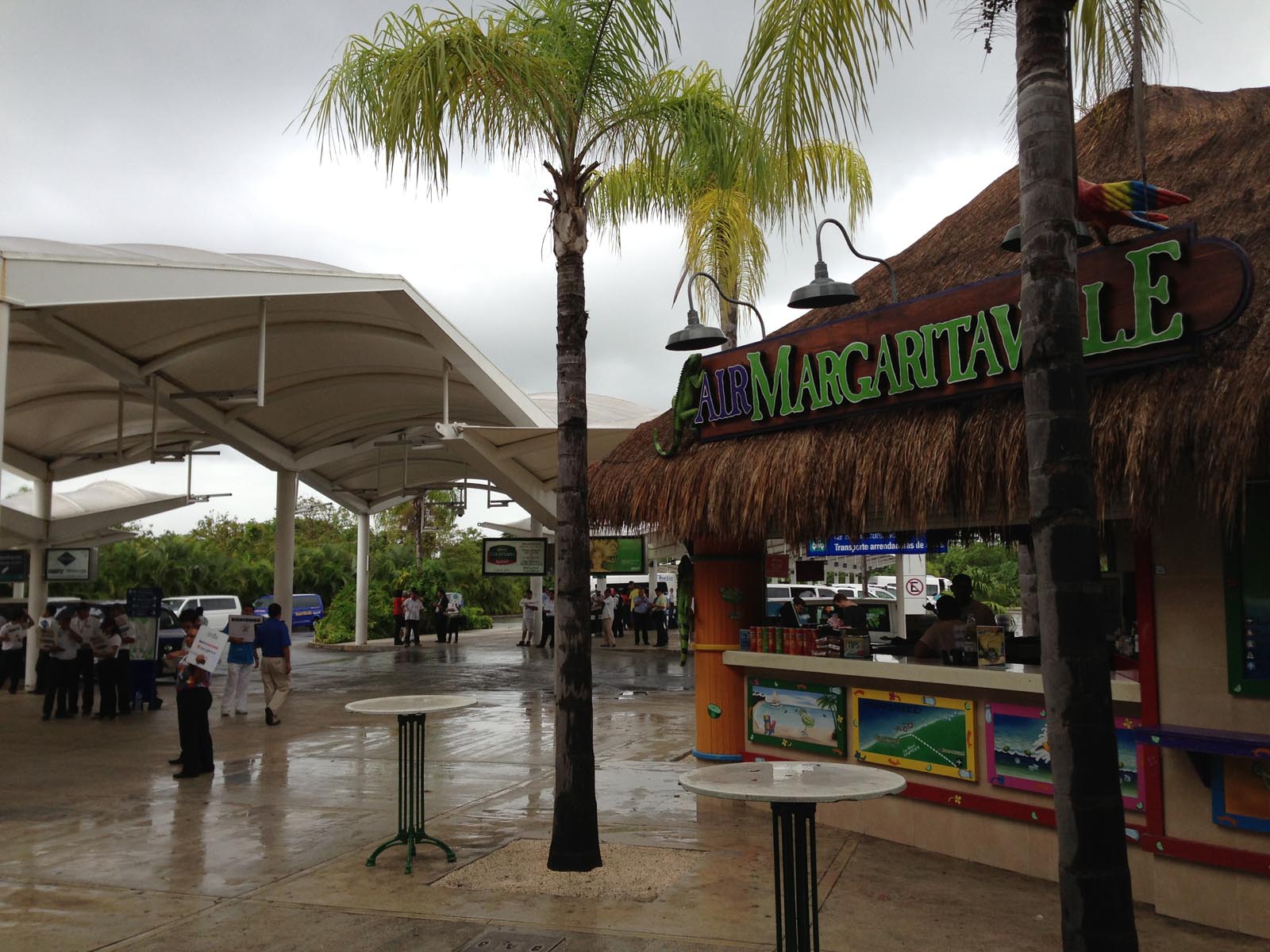
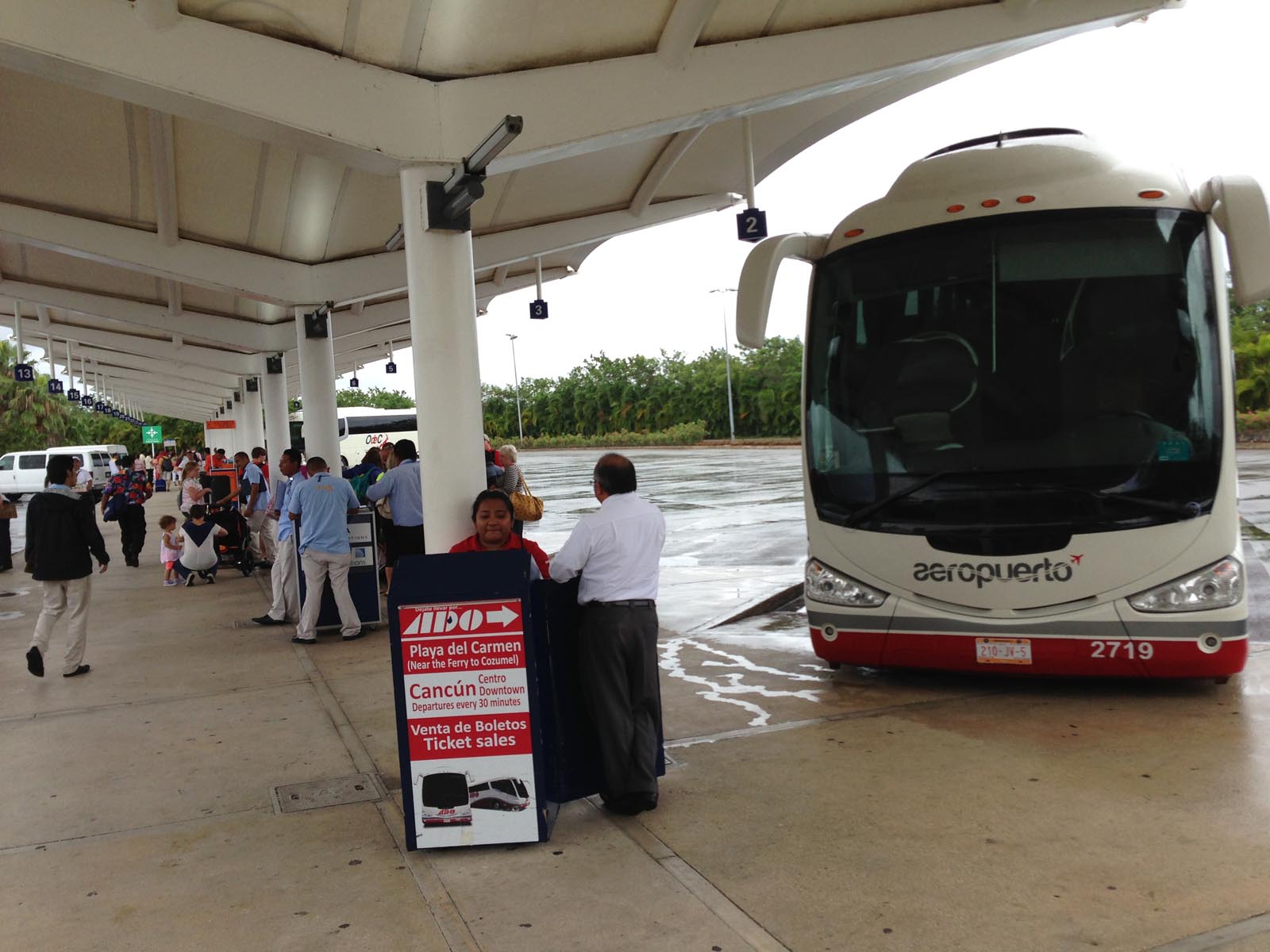
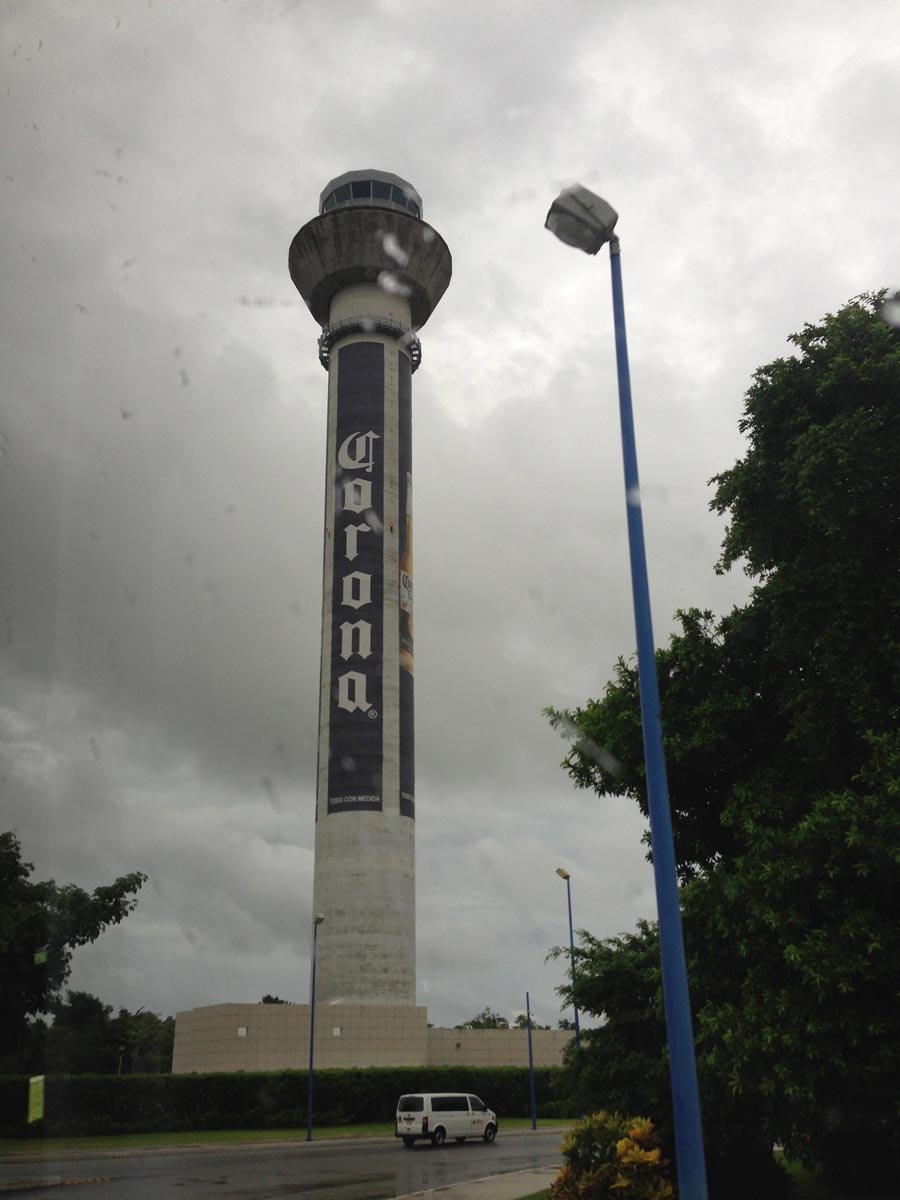
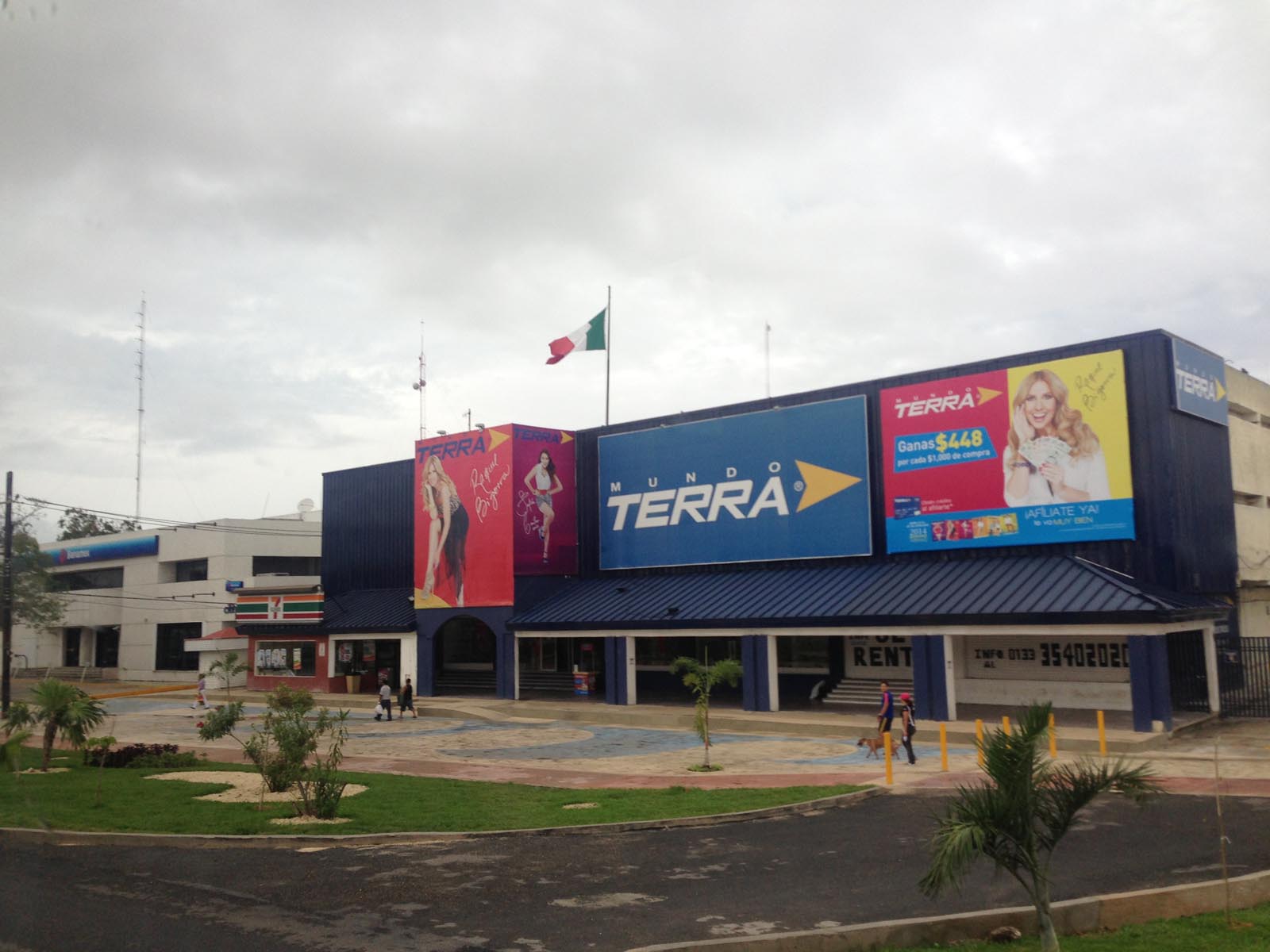
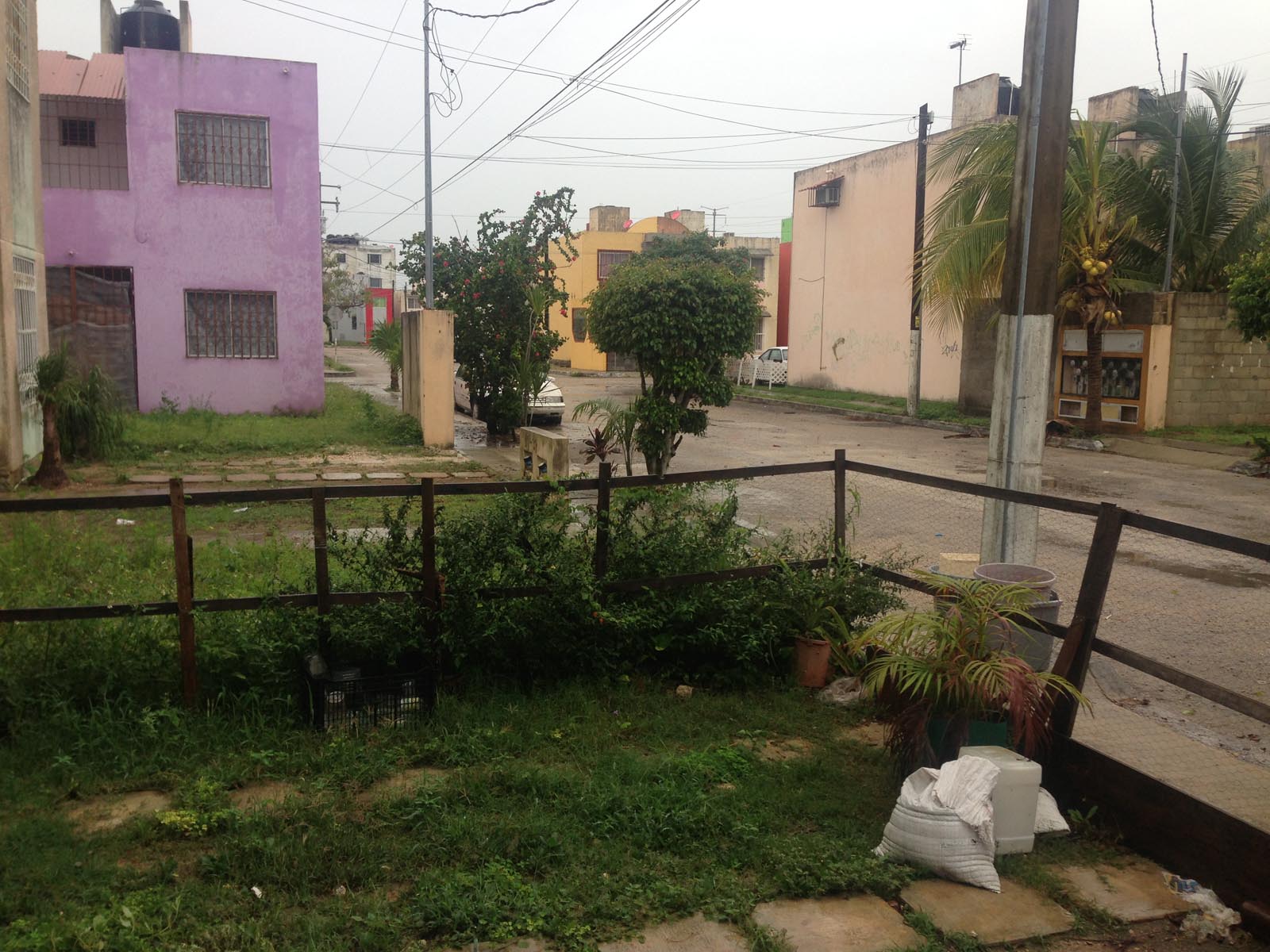
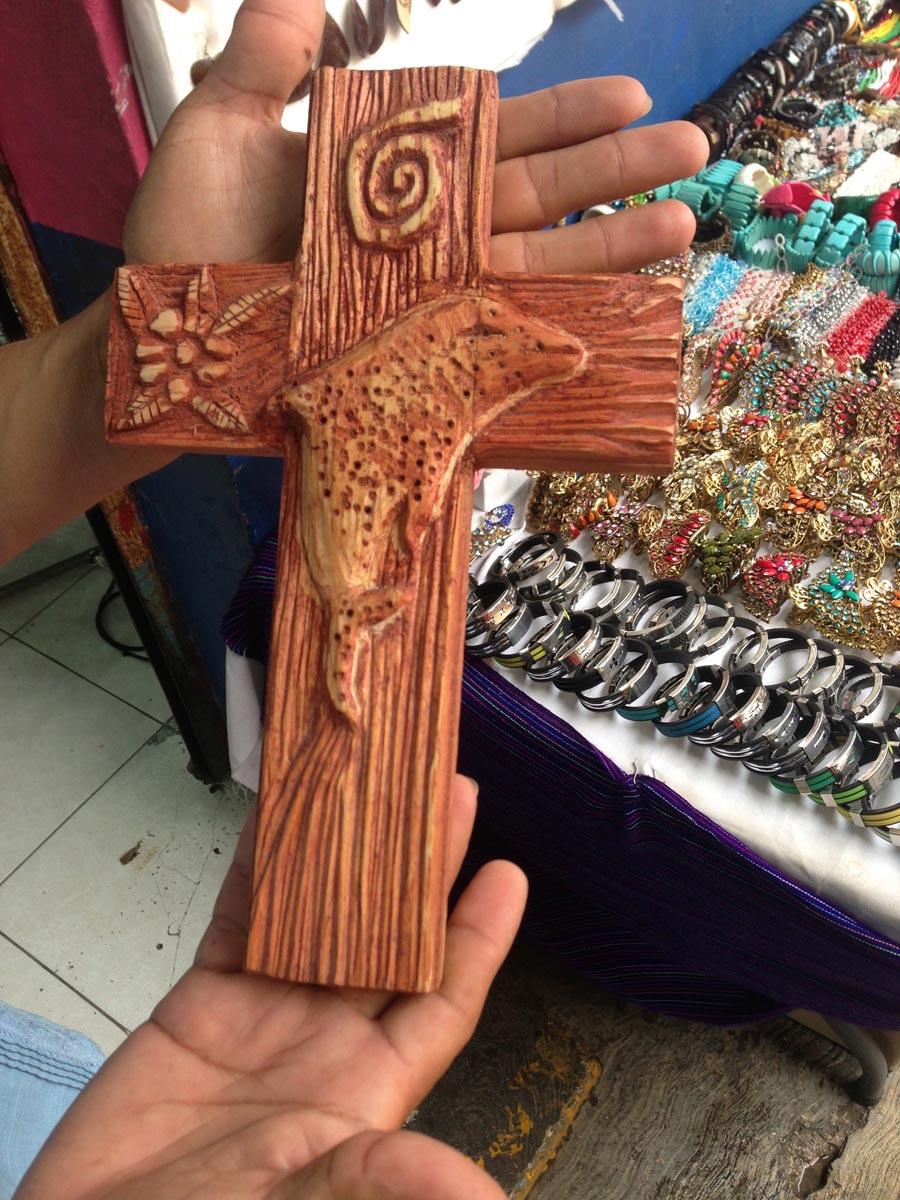
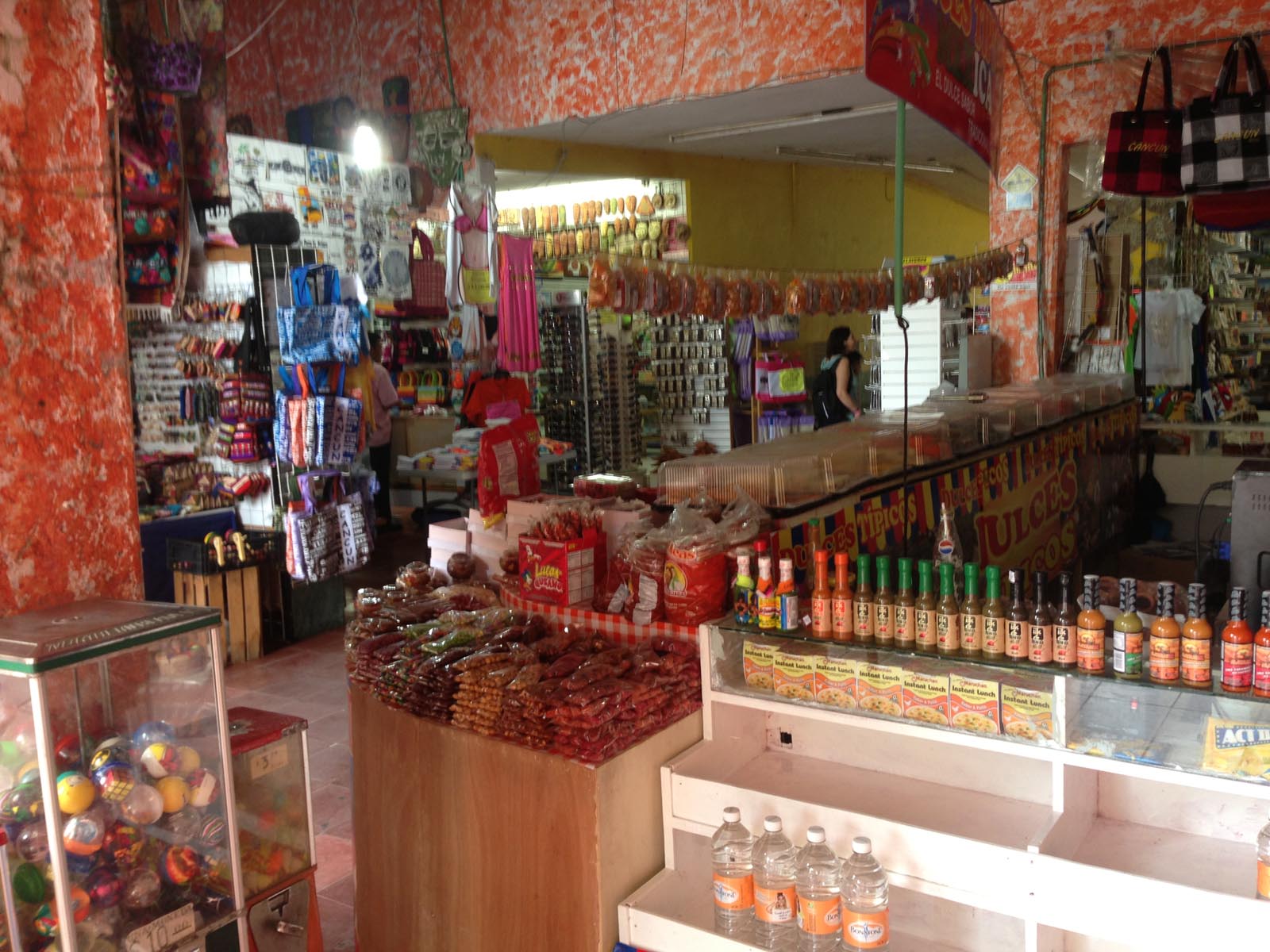
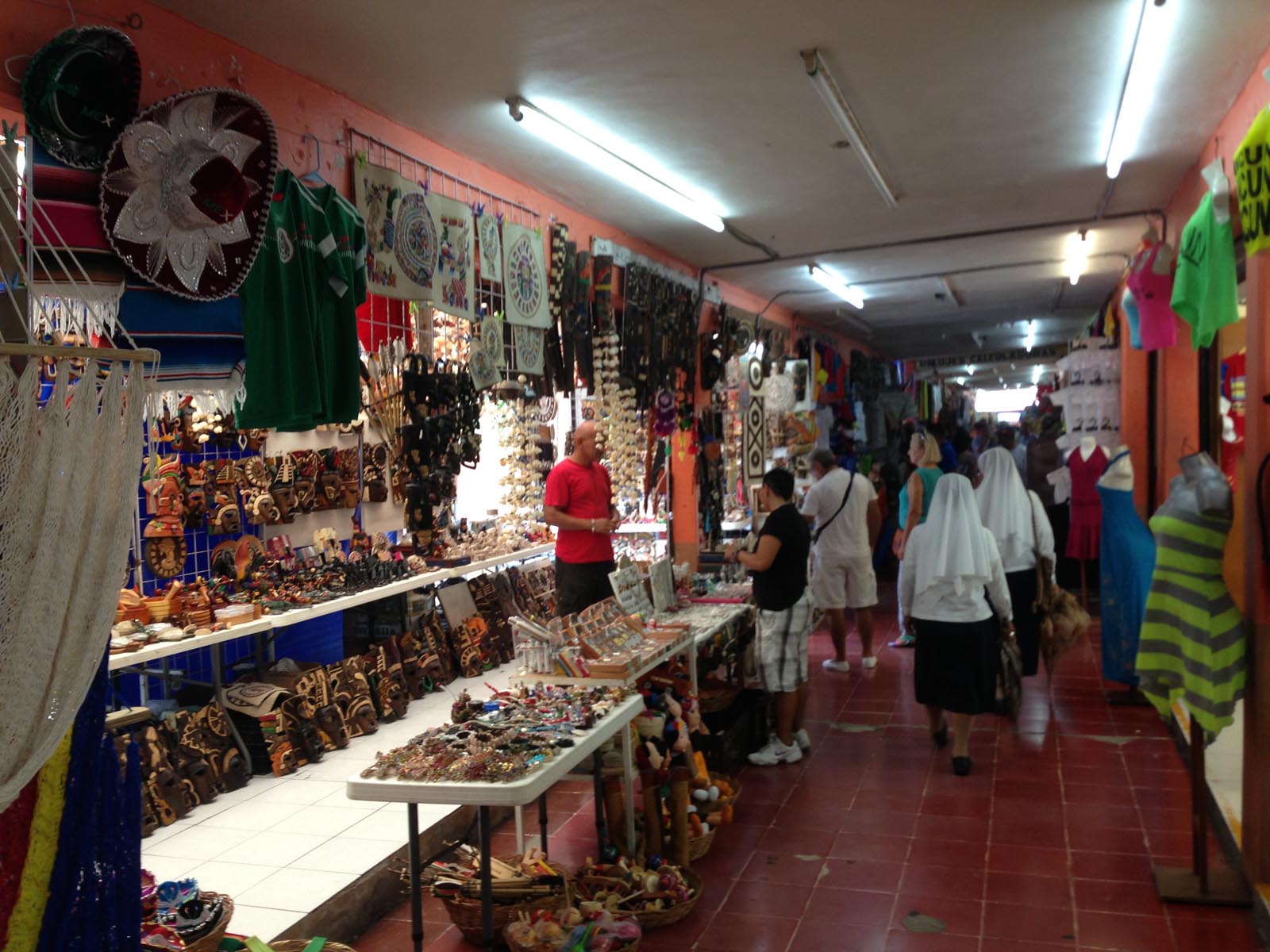
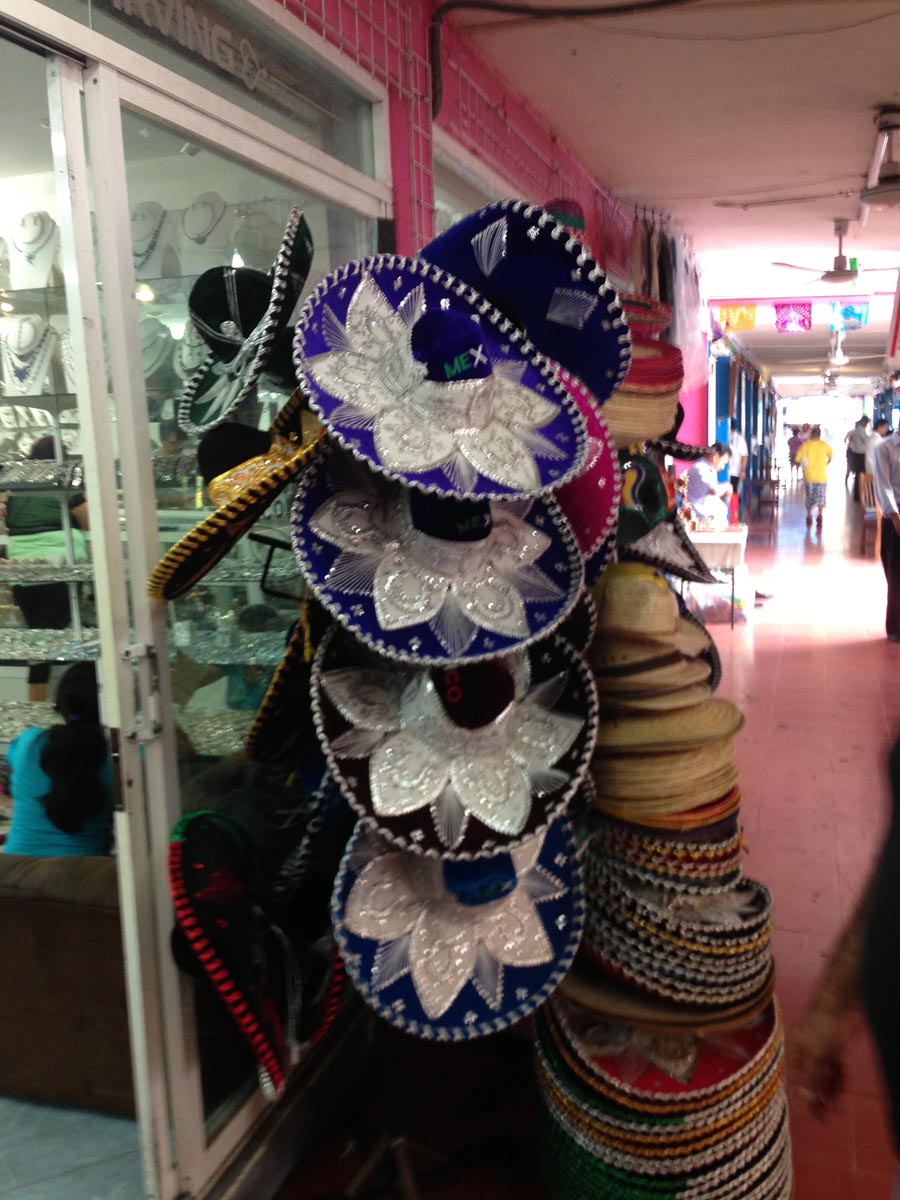
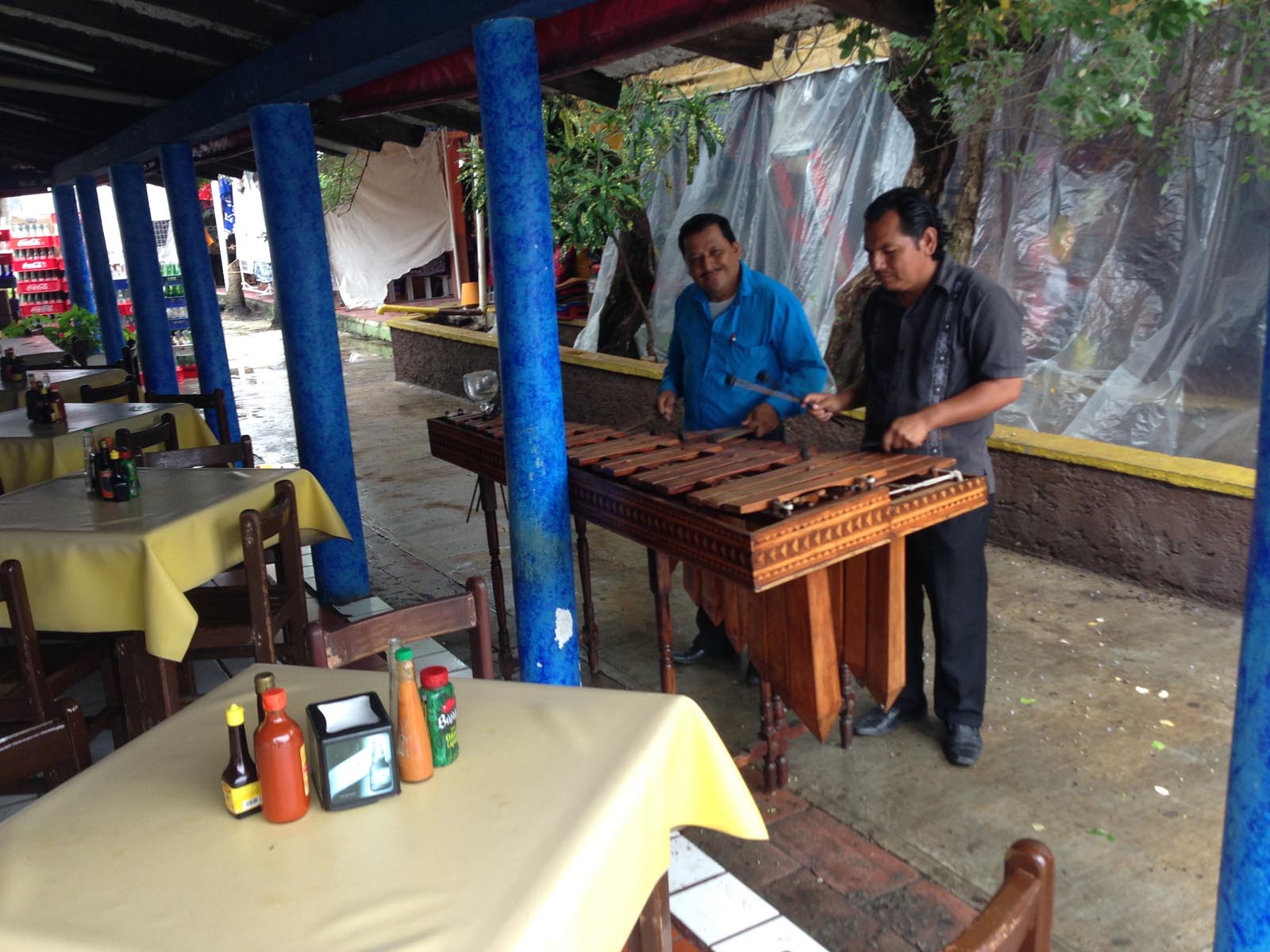
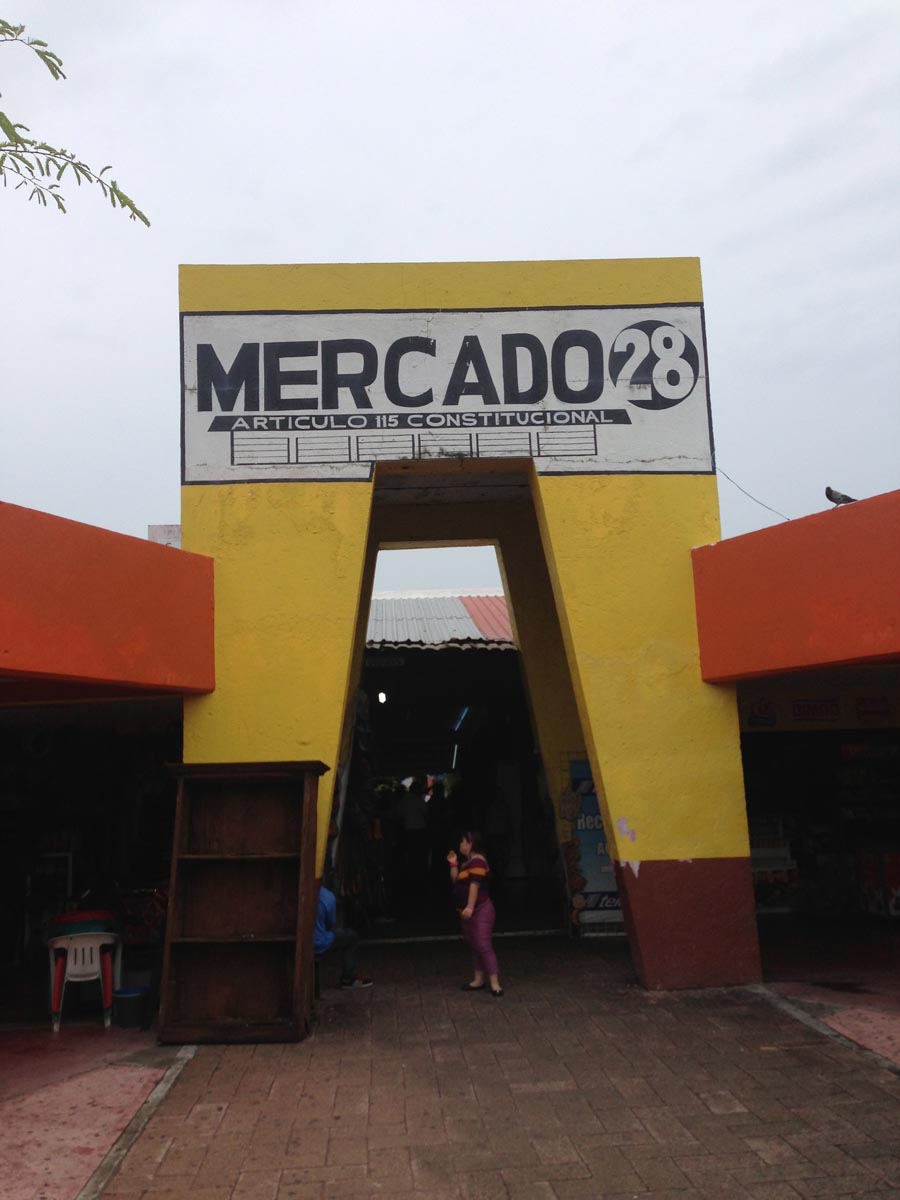
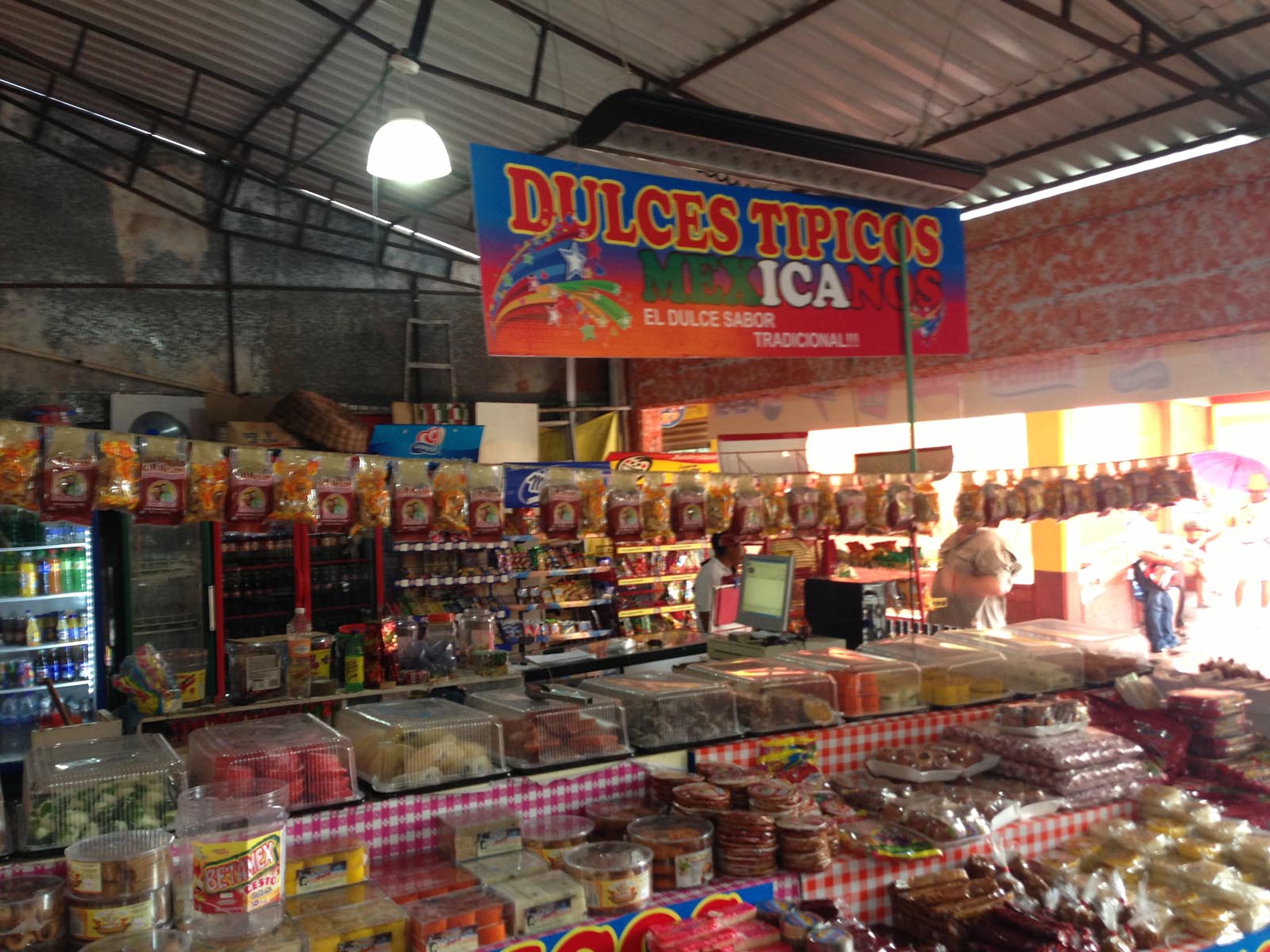
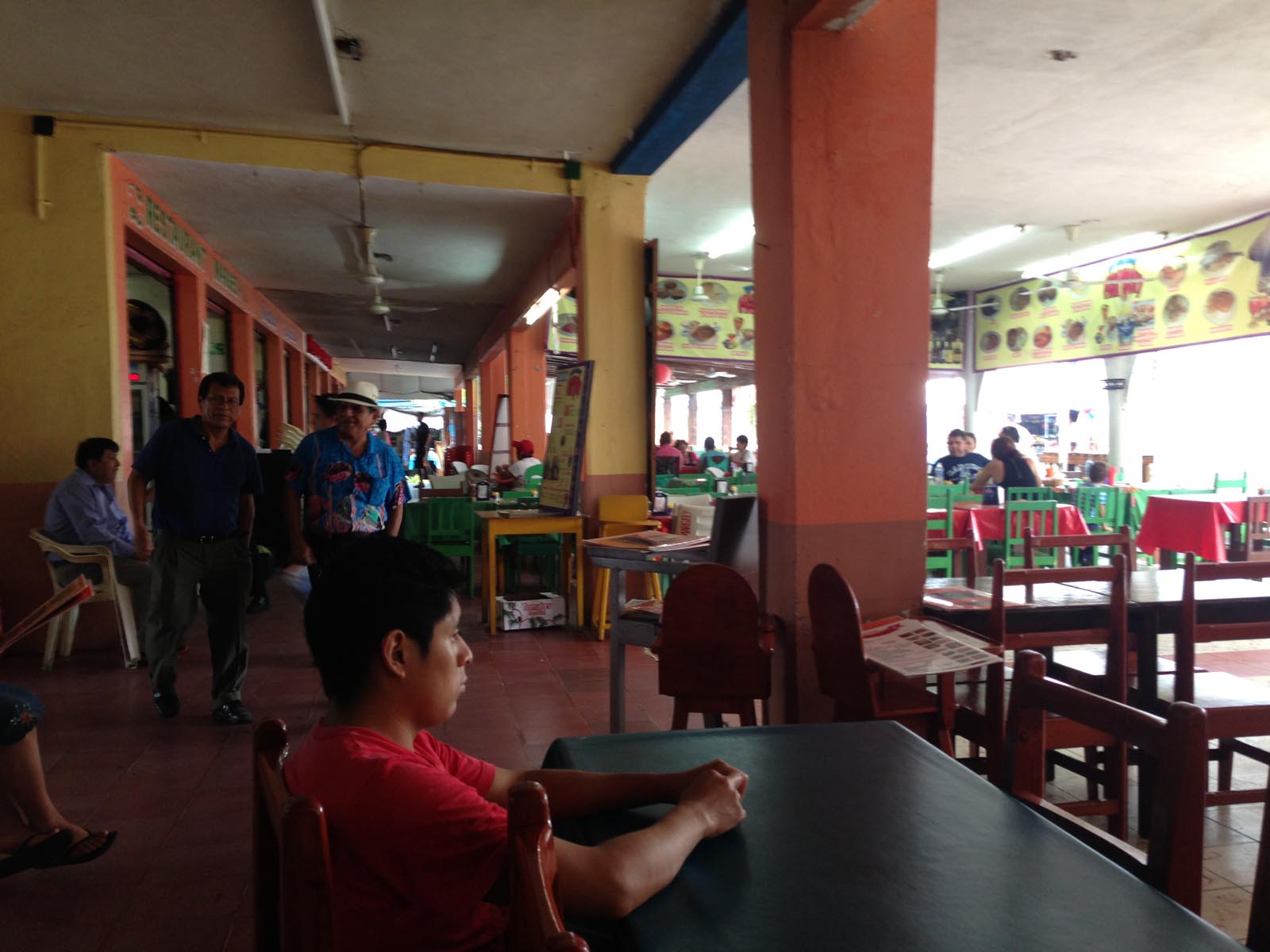
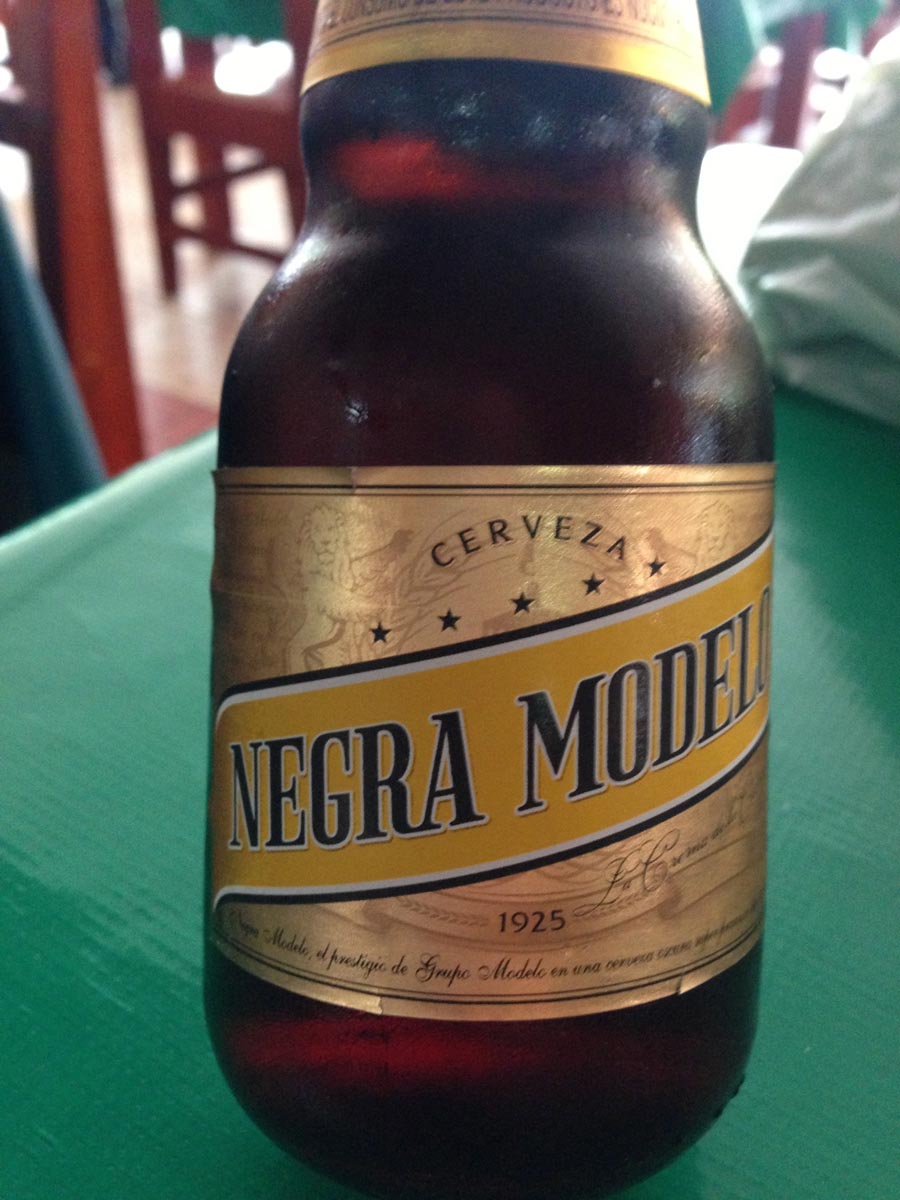
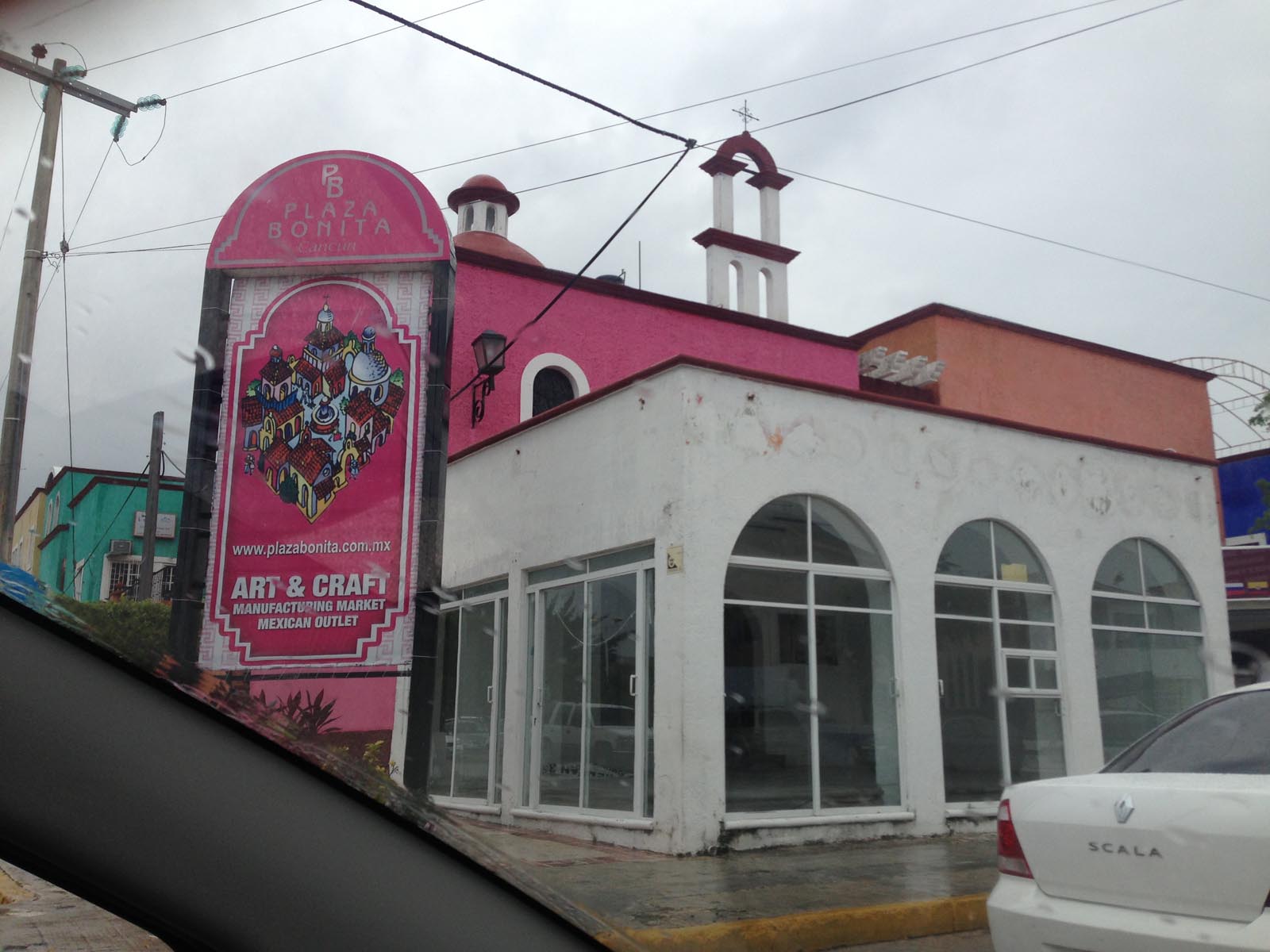
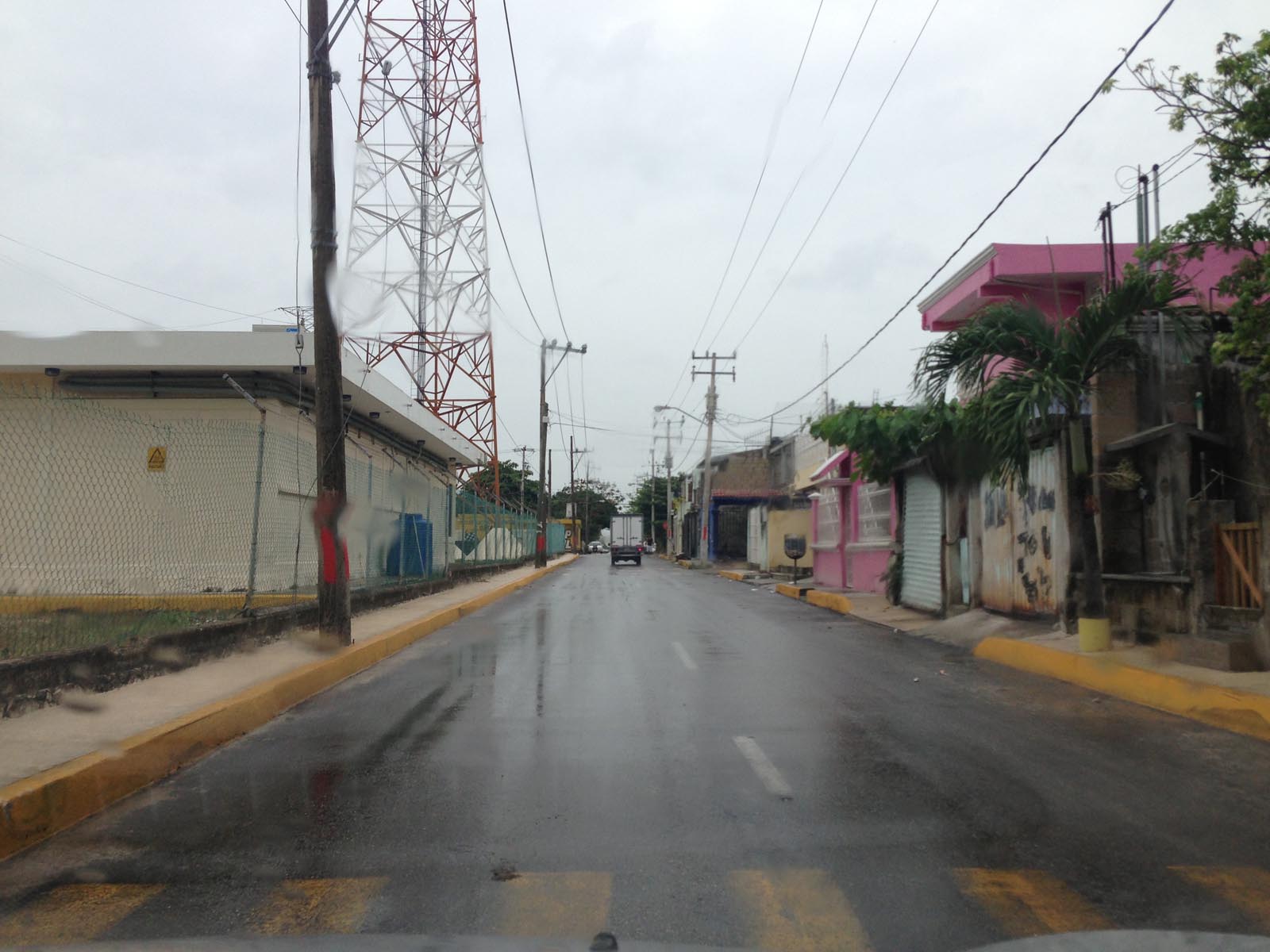
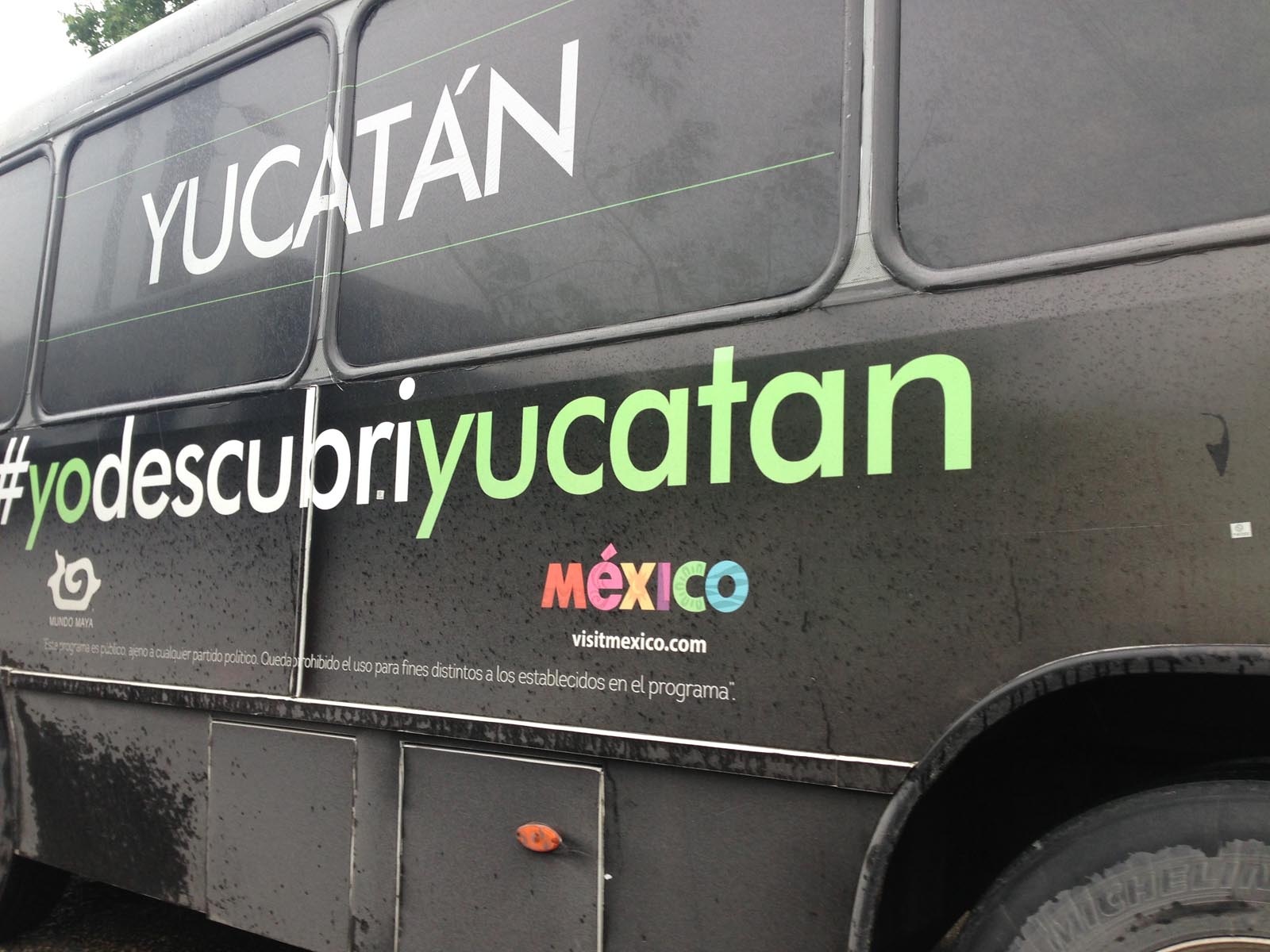
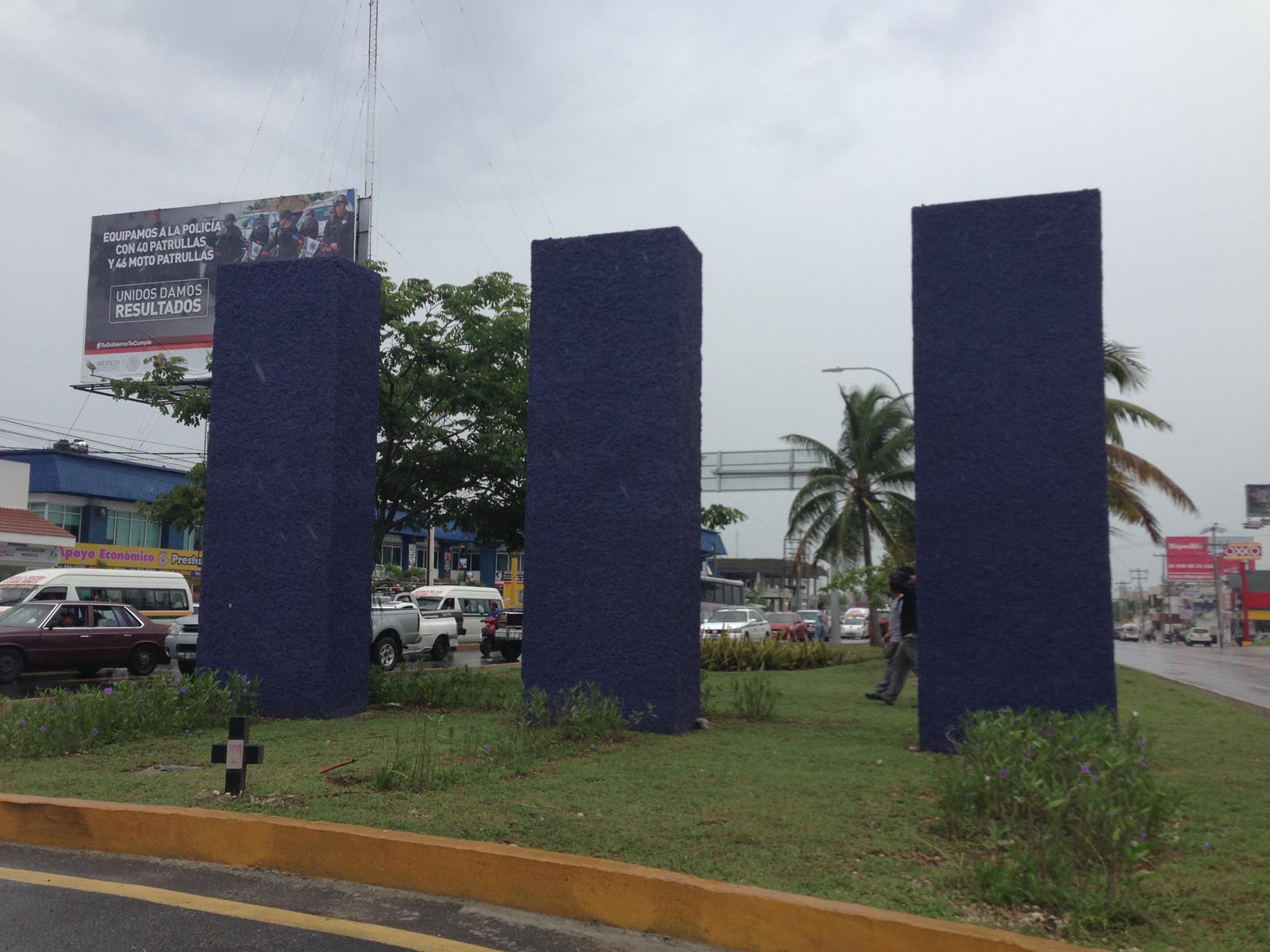
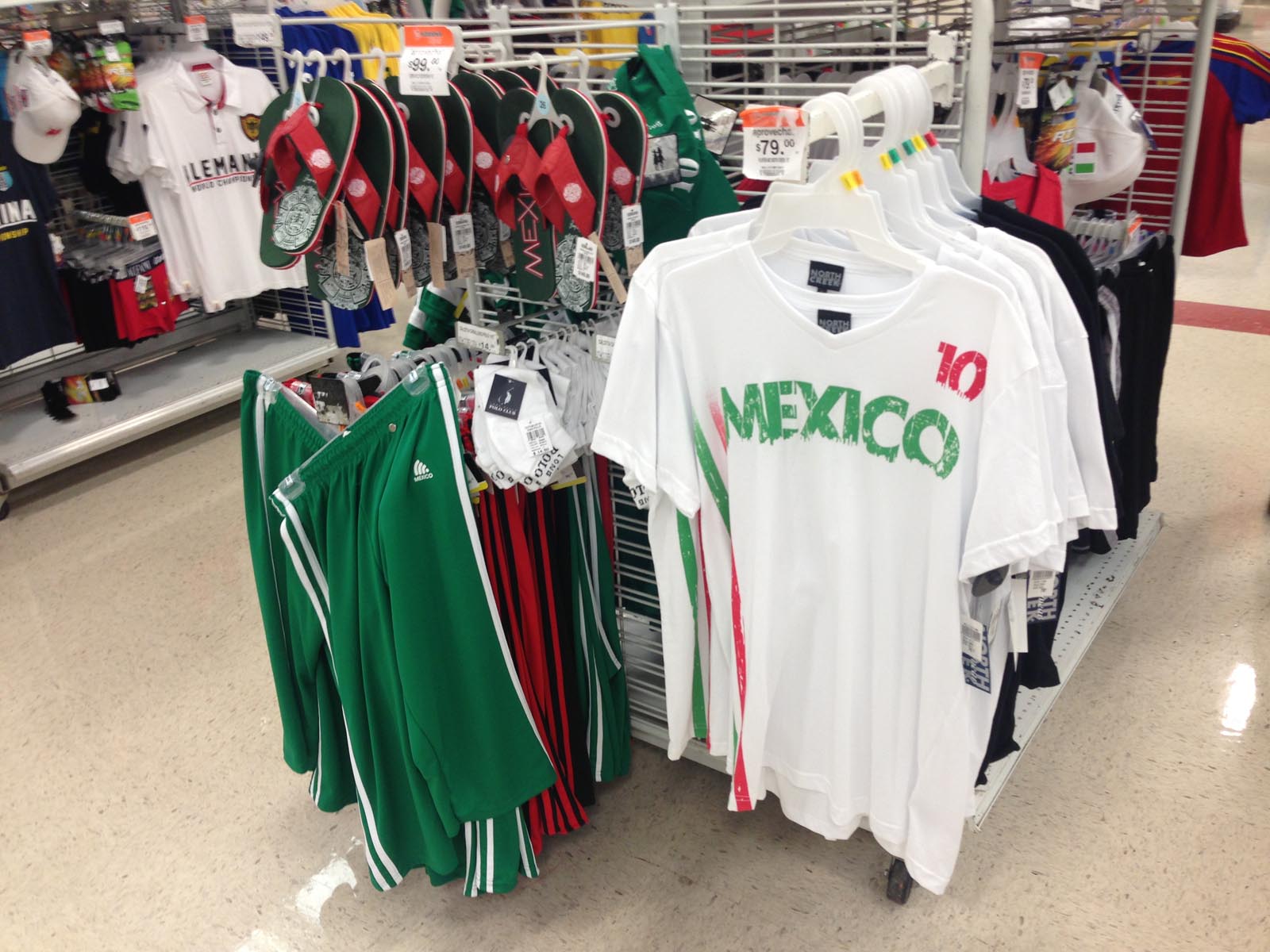
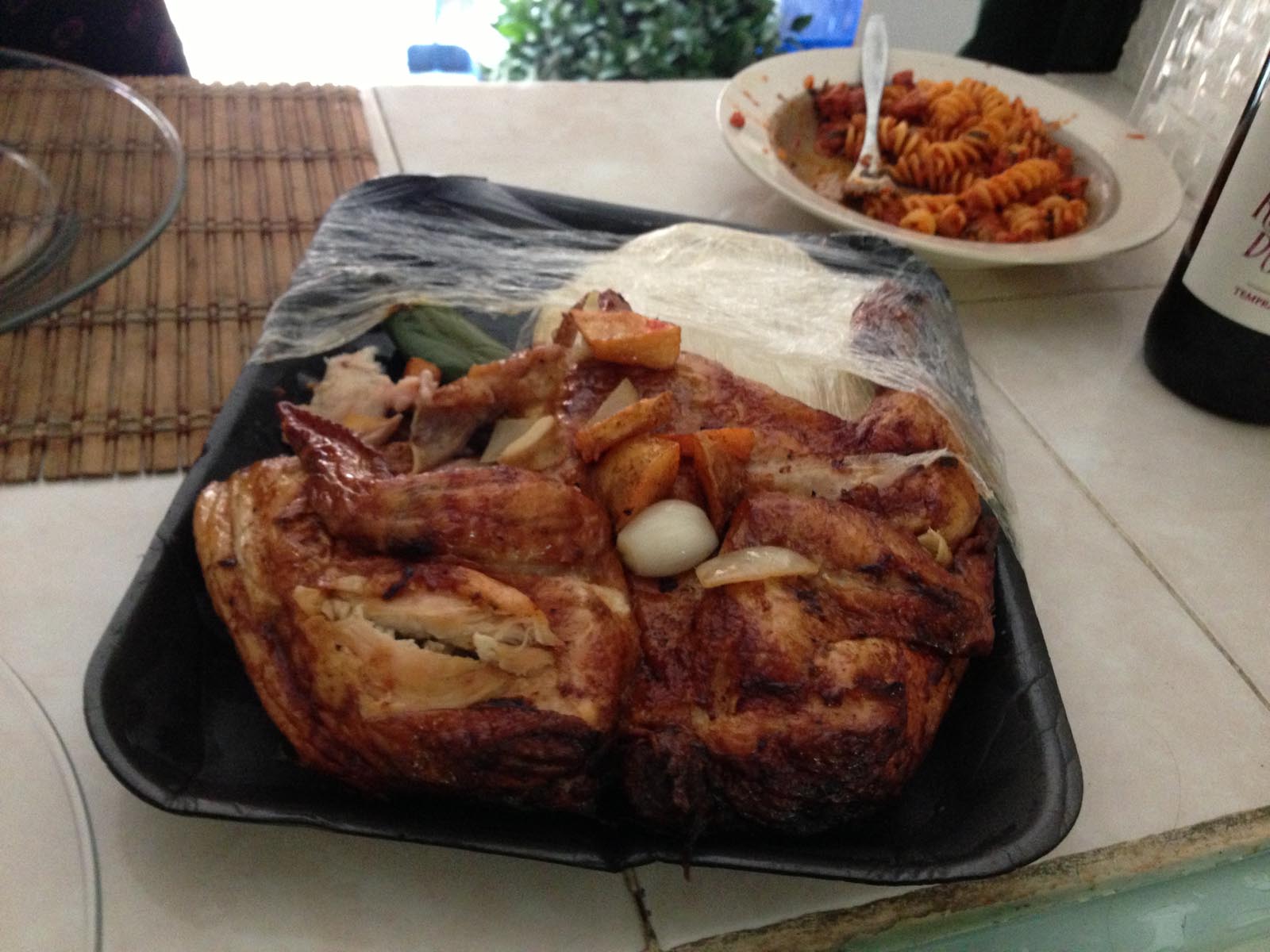
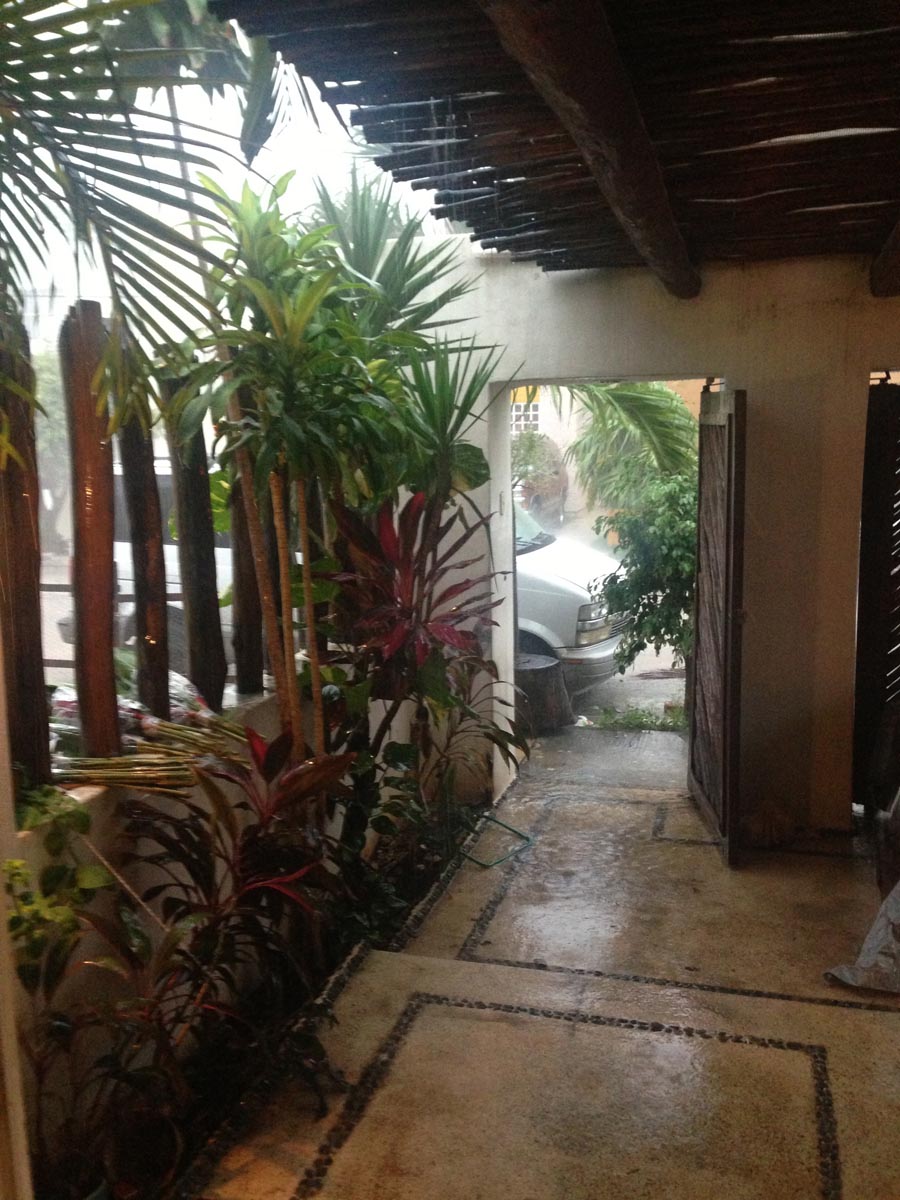
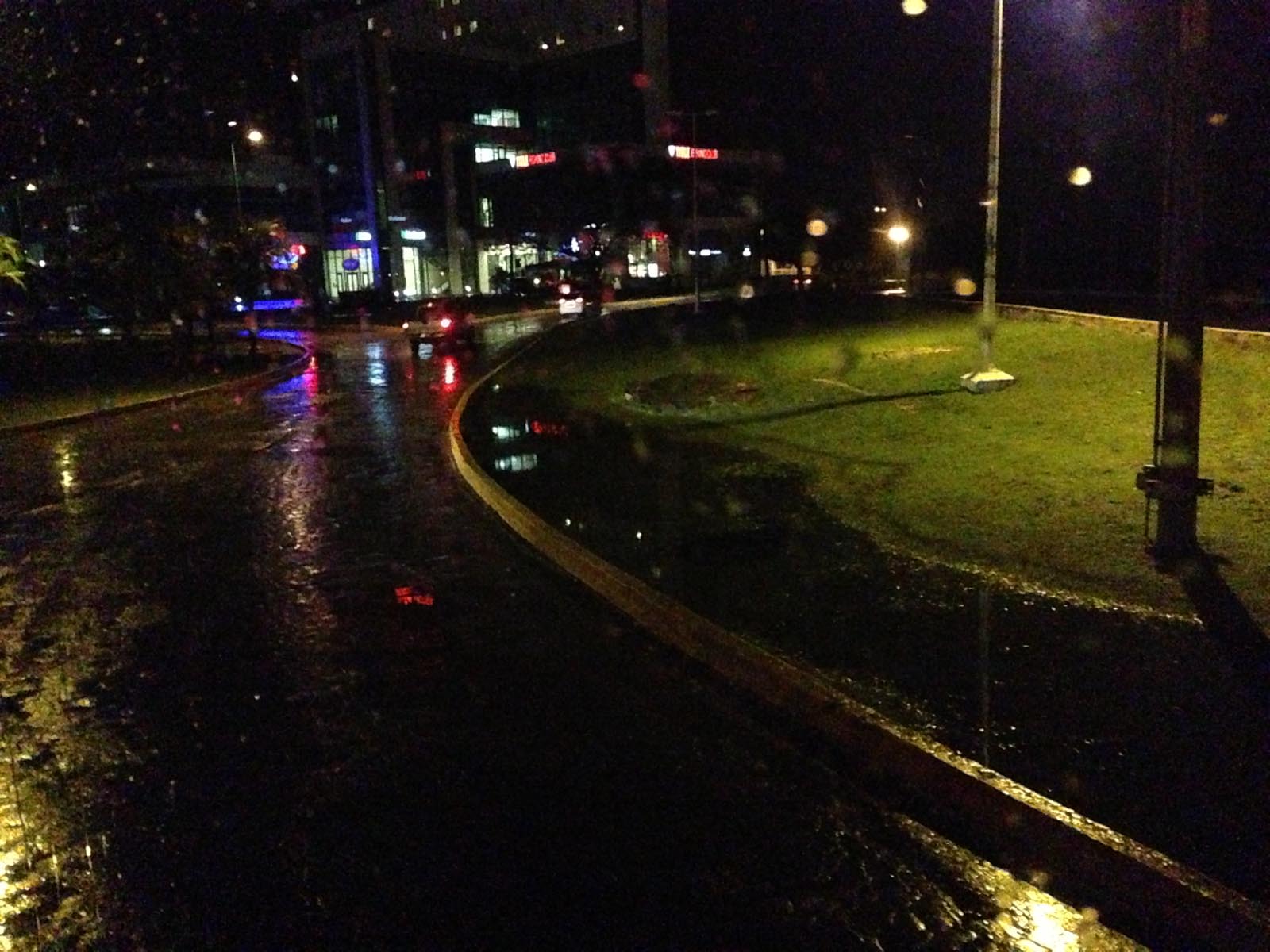
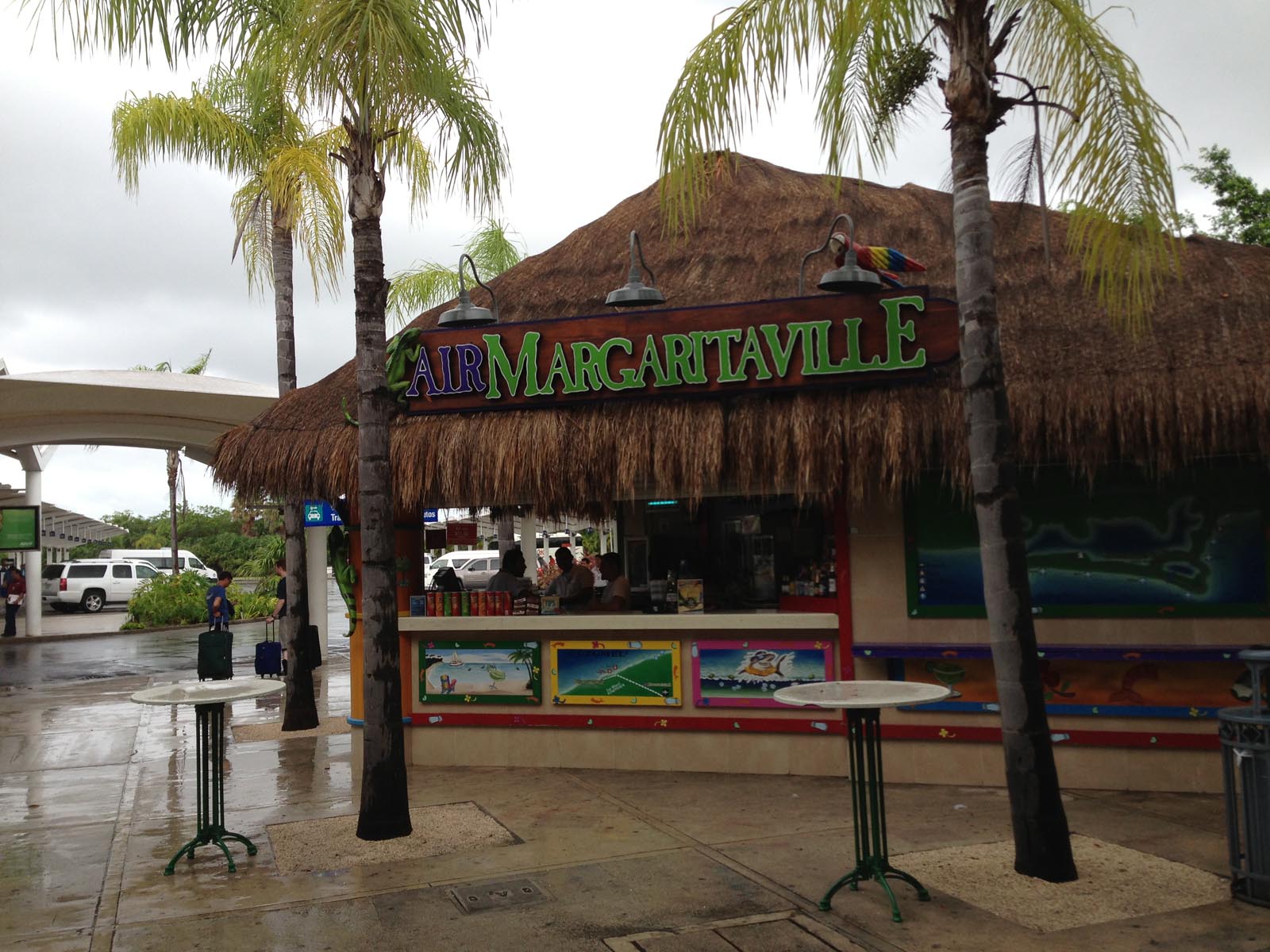
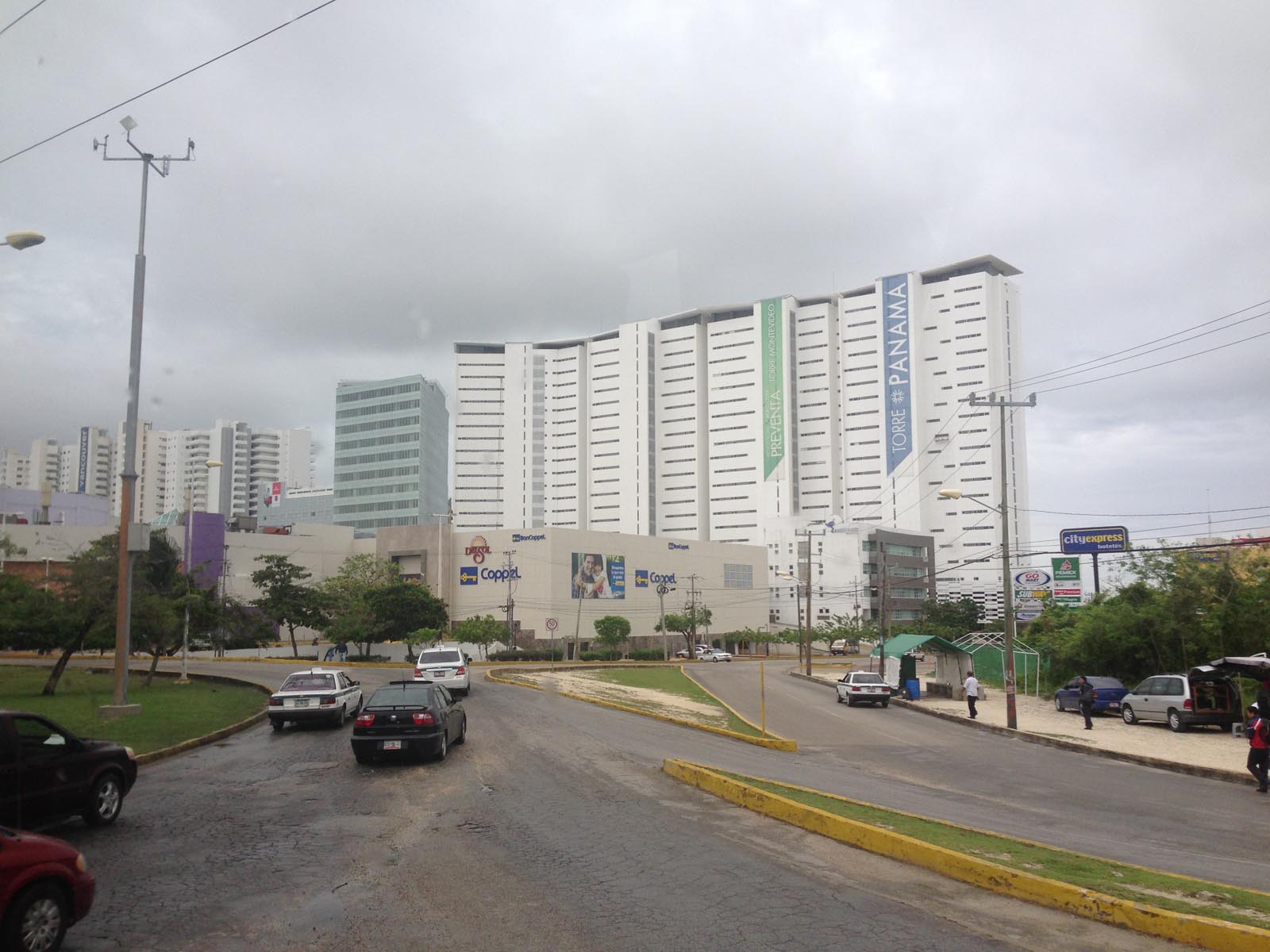
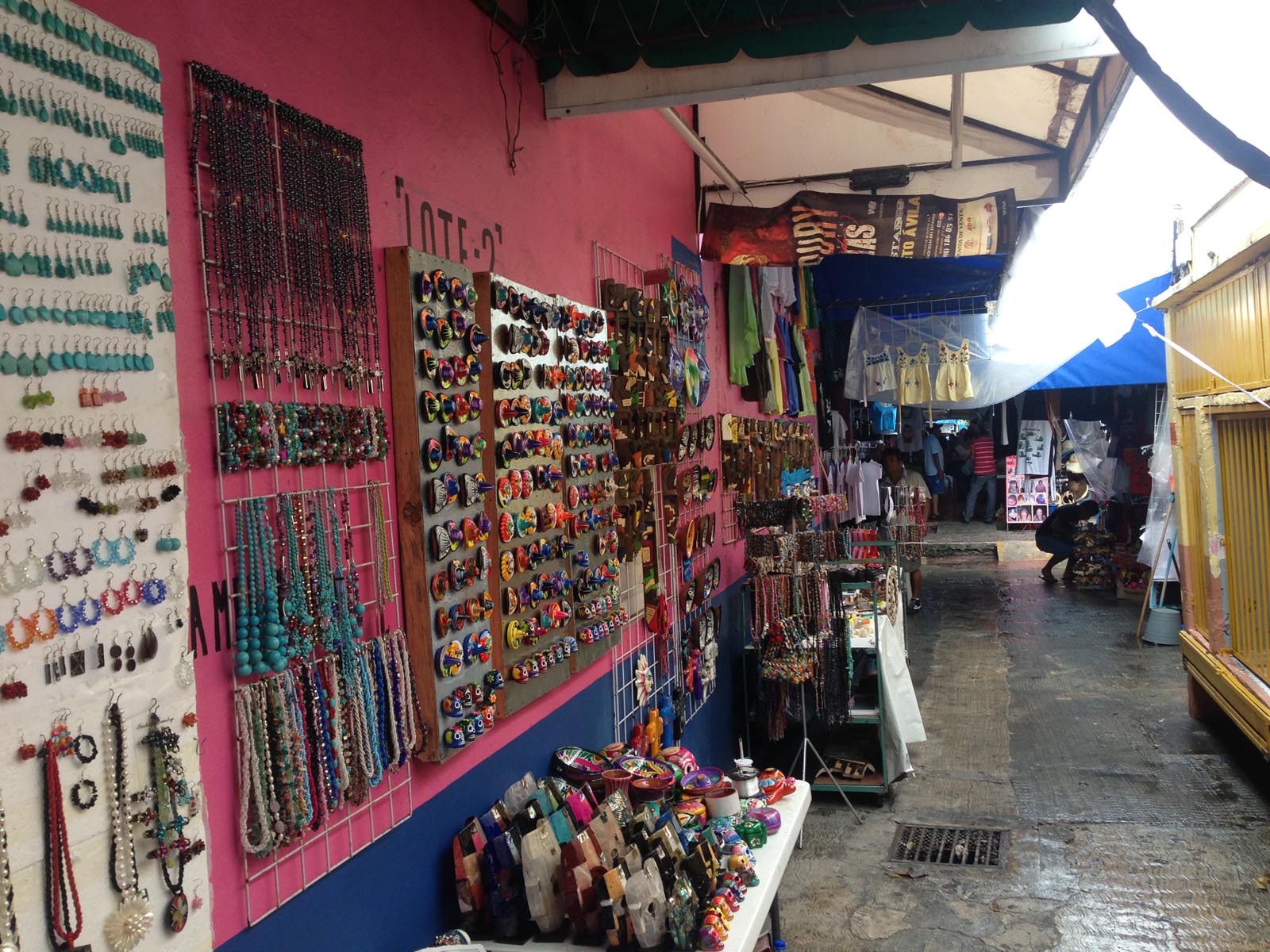
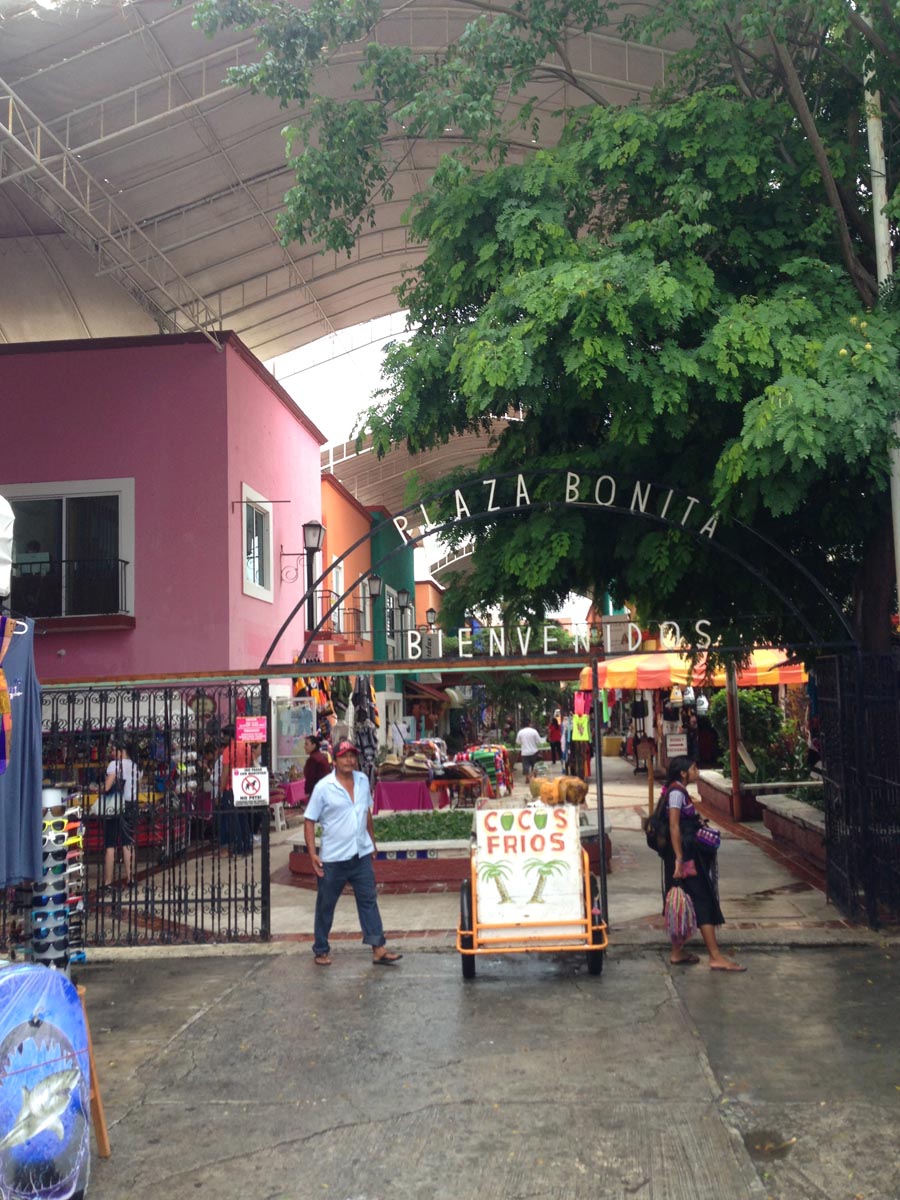
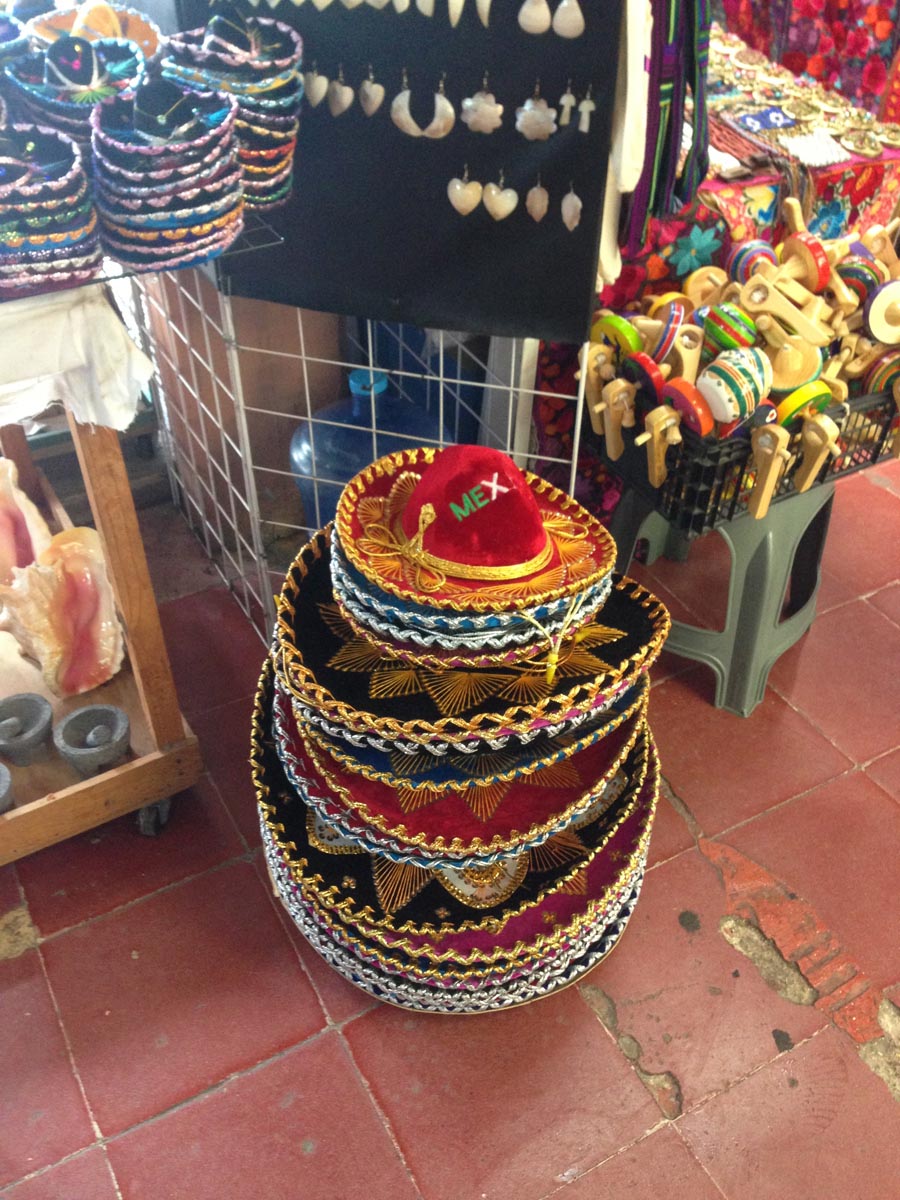
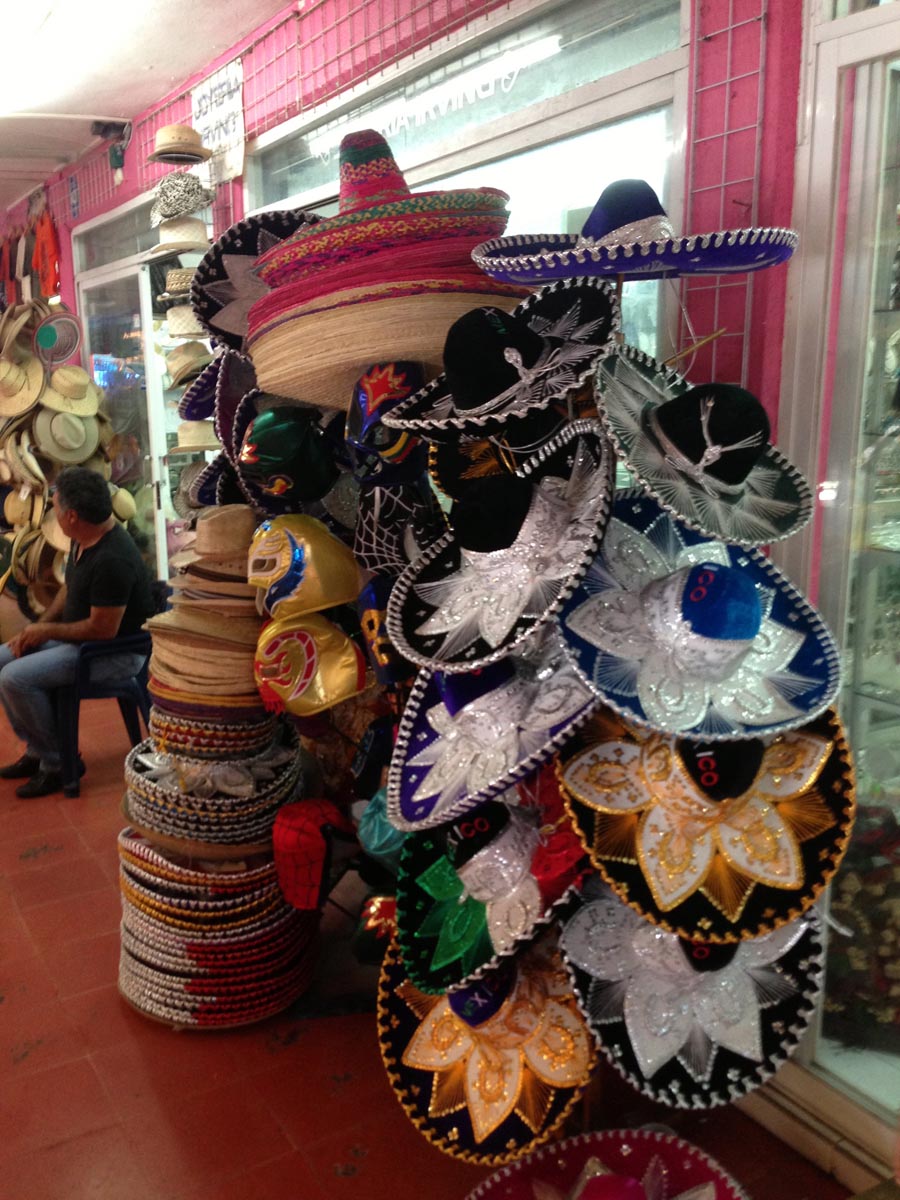
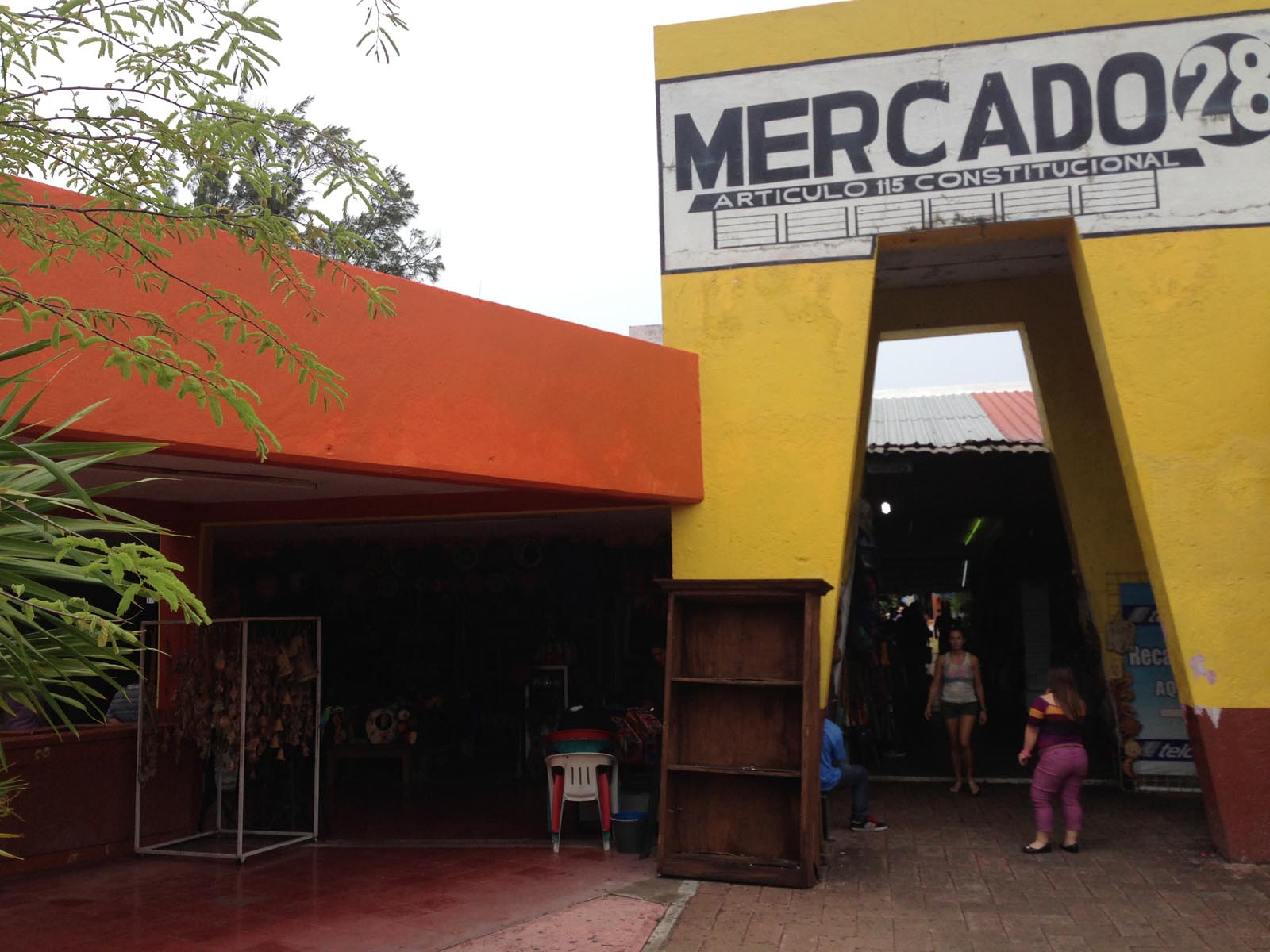
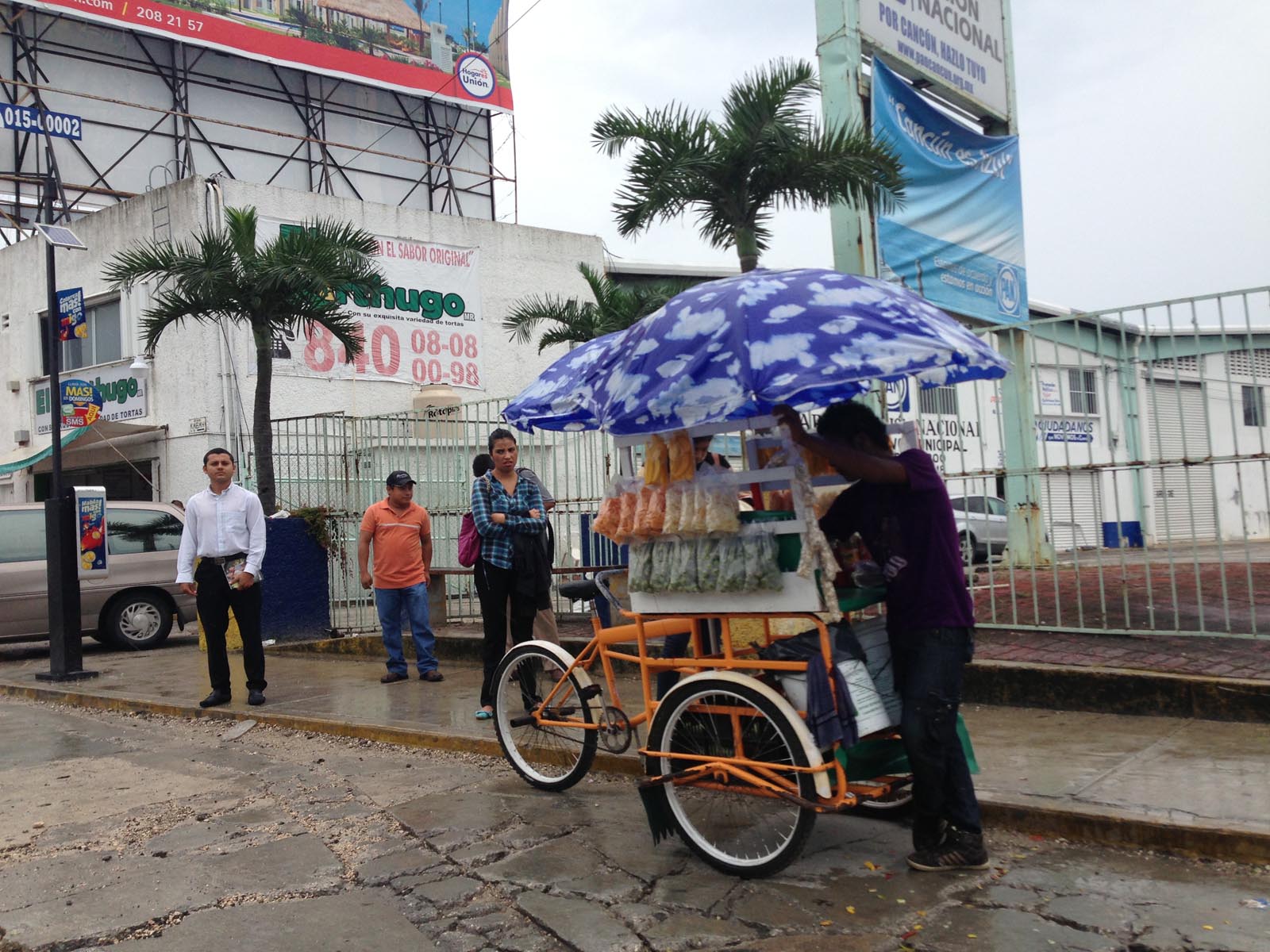
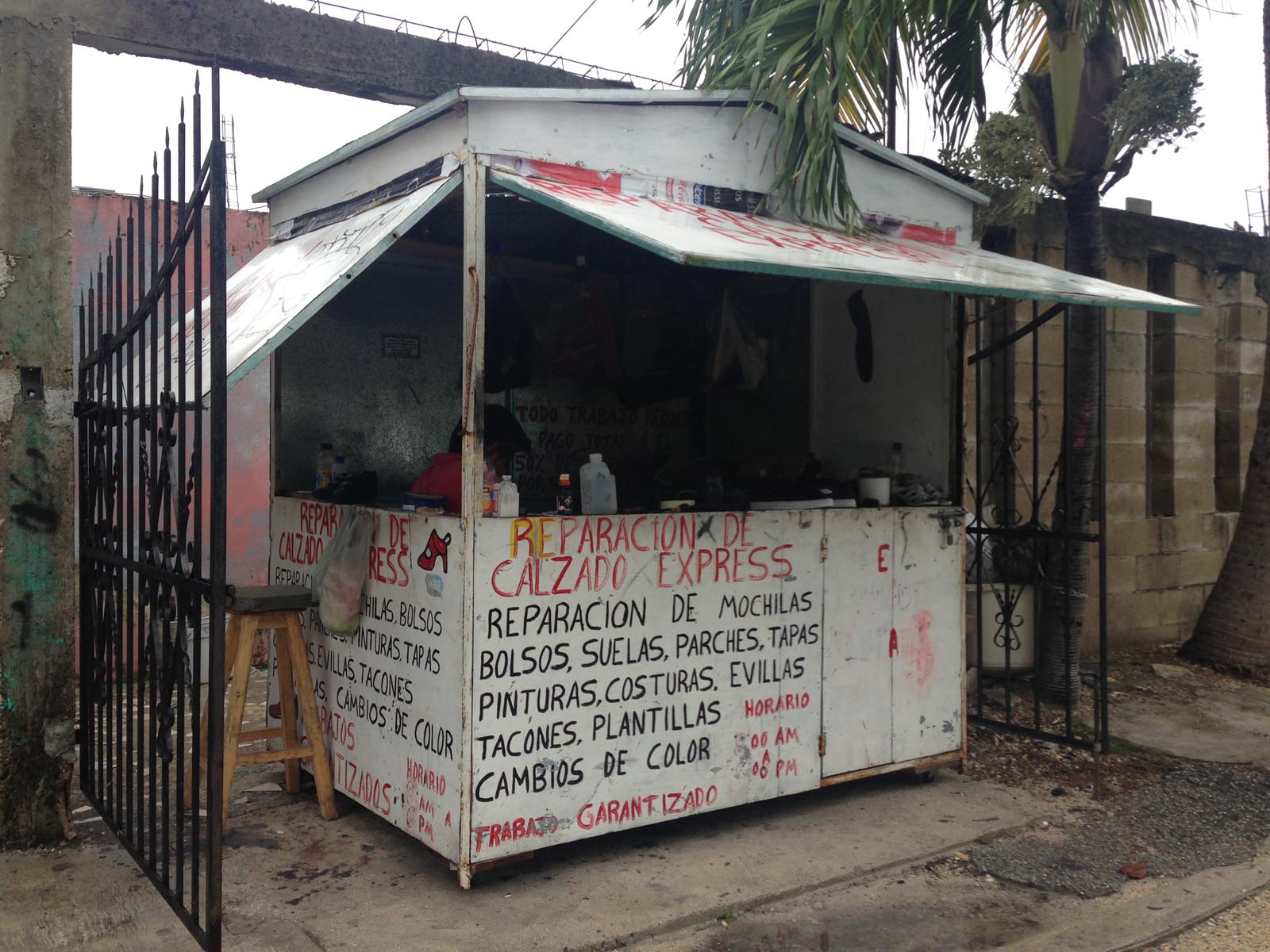
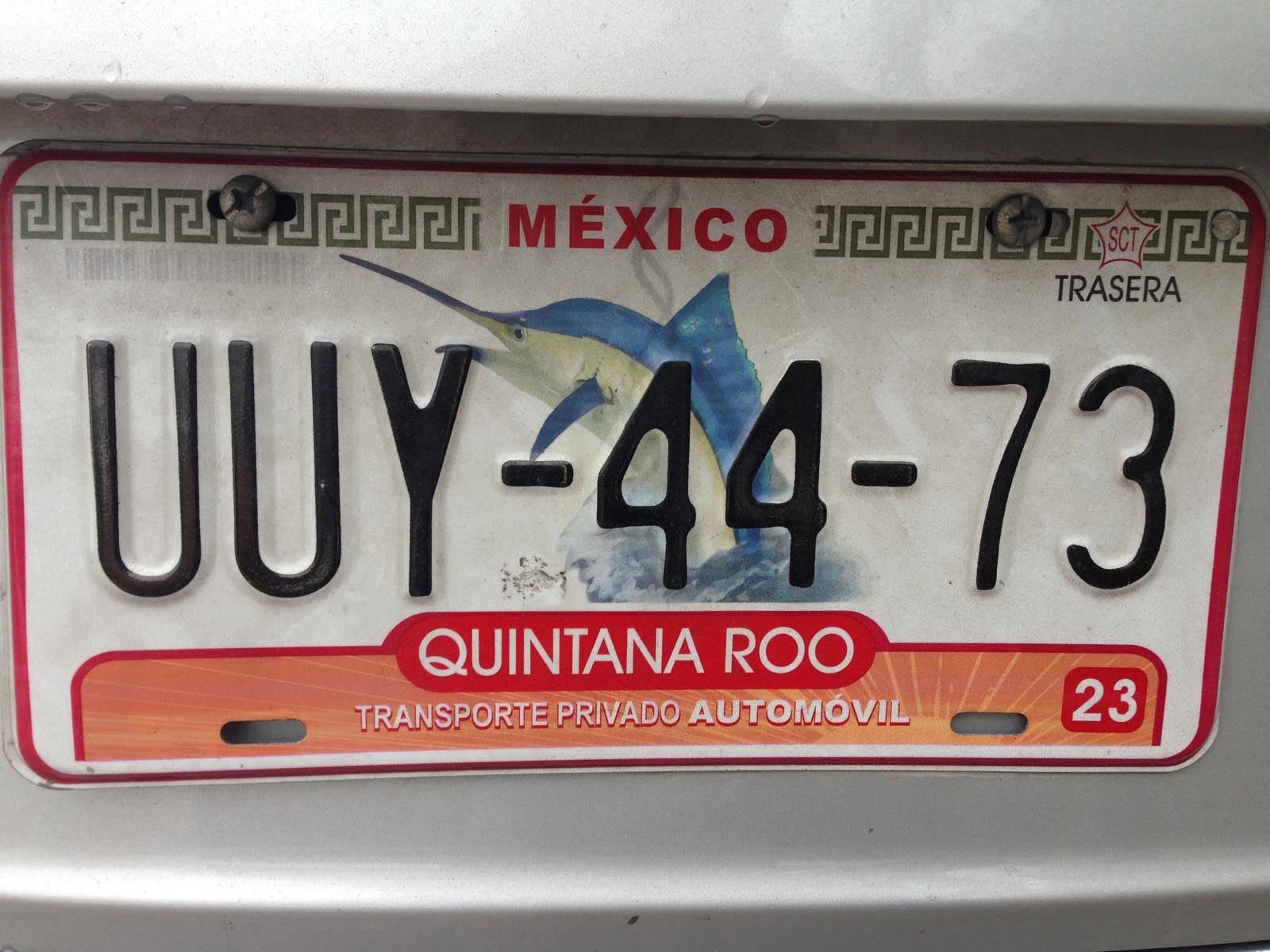
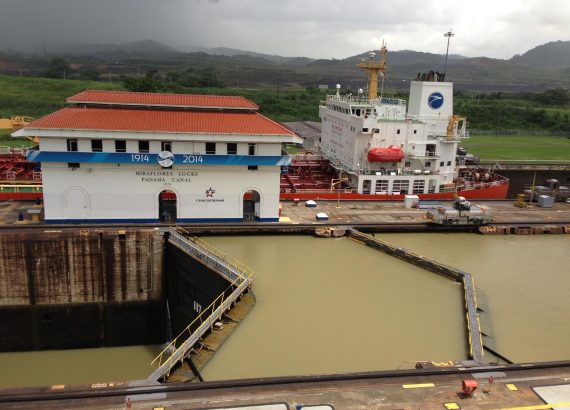
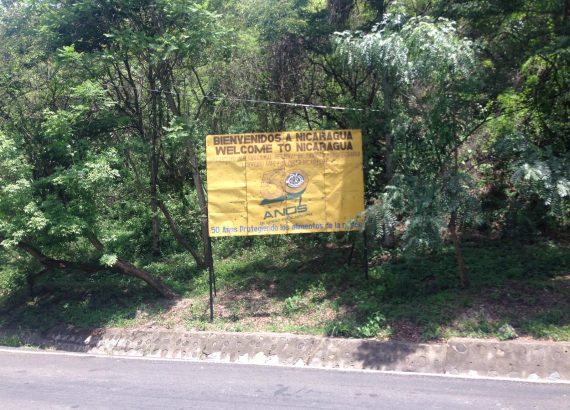
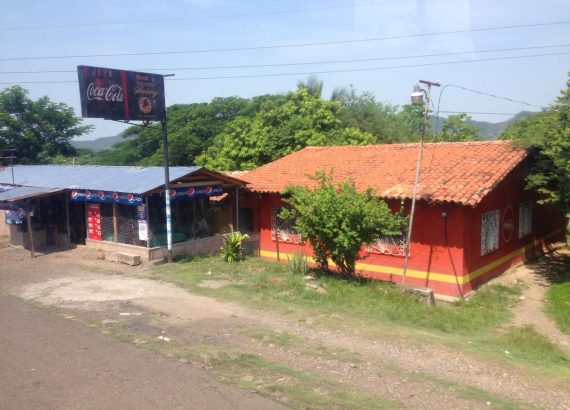
No Comments